What Makes a Promotiona T-shirt & Polos a Top Choice
Polo Shirts and Tee shirts are by far our biggest selling types of apparell. We can have polos and tees either screen printed with your logos or embroidered. These shirts are all available in a variety of colours and a variety of price points to suit your needs. The great thing I have noticed is that most people do look for something thats in a median price point. Basically most people try to strike a balance between budget as well as having a garment that people would want to wear and that is of resonable quality and importantly stylish which is definitely a sensible way to select a promotional tee shirt or polo shirt.

What makes a shirt appealing is the overall cut and style (which we will discuss on a later post) as well as the type of fabric used. Different fabrics used on different shirts will lead to remarkable differences in both the shape of the shirt as well as the colour. The most popular way to gauge a shirt quality is by GSM. That is Grams Per Square Metre. Using GSM is especially popular when evaluating cotton and it is very tempting to simply opt for he highest number like 190gsm or even 220gsm. This is unfortunately a very poor way to define quality in fabric. The heavier the fabric does not mean it is neccessary a higher quality shirt and it definitely does not imply that it is a more stylish nor higher quality shirt. With that in mind here are a list of some of the most popular types of fabric used in promotional t shirts and corporate polo shirts:
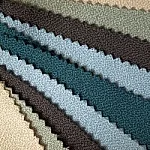
– Cotton: The most popular type of fabric. Cotton is a natually grown plant which is picked and undergoes a process which turns it into what we know as strands of thread. This is then further made into fabric. Cotton by itself is used in a shirt or polo is a wonderful material that breathes easily. However the bad thing is that by itself it also creases extremely easily and can make a shirt look very crumpled and very old quickly.

– Polyester: Is a material made through a chemical process. There are different plastic chemical processes availabel to create polyester however the most popular type is polyethylene terephthalate. Polyester has an undeserved reputation as being uncomfortable and of a lower quality than cotton due to its relatively more artificial production. However it has many clear advantages over cotton such as:
1) Able to retain its colour through multiple wash cycles better than cotton
2) Wrinkle resistance a lot higher than cotton
3) Is a physically stronger fabric than cotton
– Elastacene: Similar to polyester this fabric is created through a chemical process. Its key difference to polyester is that is is extremely stretchable. Its commonly found in clothing such as bike shorts as well as athletic wear.
Essentially these are the 3 main types of fabric used in virtually all tee shirts and polo shirts. So why do shirts look and feel so different when there are only 3 common types of fabric? The reason is that these types of fabrics are used both individually as well as combined to create different effects for a garment. Add more elastacene and your cotton shirt instantly becomes a stylish garment which fits and complements a figure a lot better. Opt for 100% polyester and you have a shirt which is similar to cotton in feel. However if you take 100% polyester and weave it in a certain method and direction and you create what we now call a cool dry fabric. Its essentially a fabric which is repellant to sweat and is perfect for hot days or as sporting shirts. The down side though is that the shirt tends to be quite floppy and a bit shiny in nature so its not as corporate or as smart as a regular polyester shirt. The most popular type of combination though is by far a mixture of cotton and polyester (with a higher cotton percentage).
About The Author:






 Sale
Sale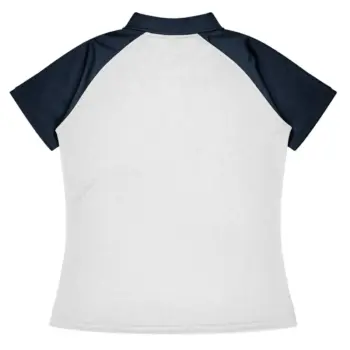
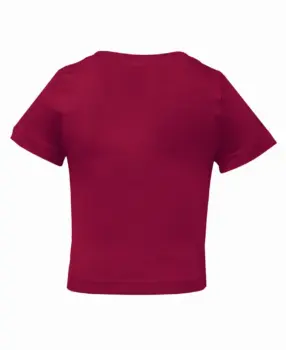
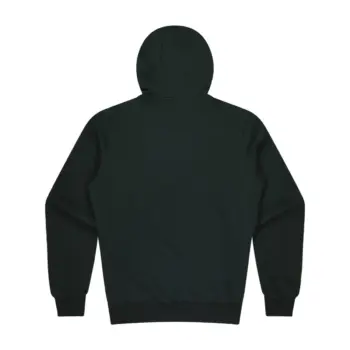
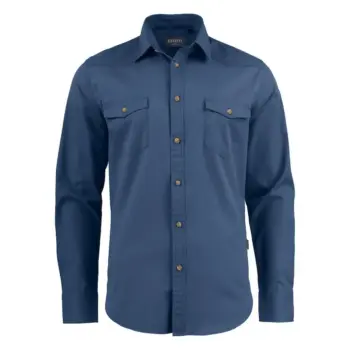
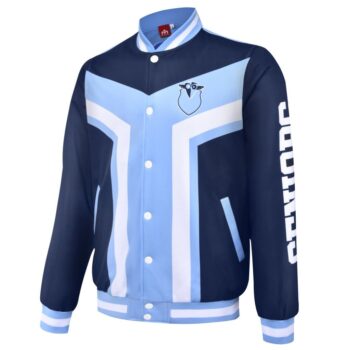
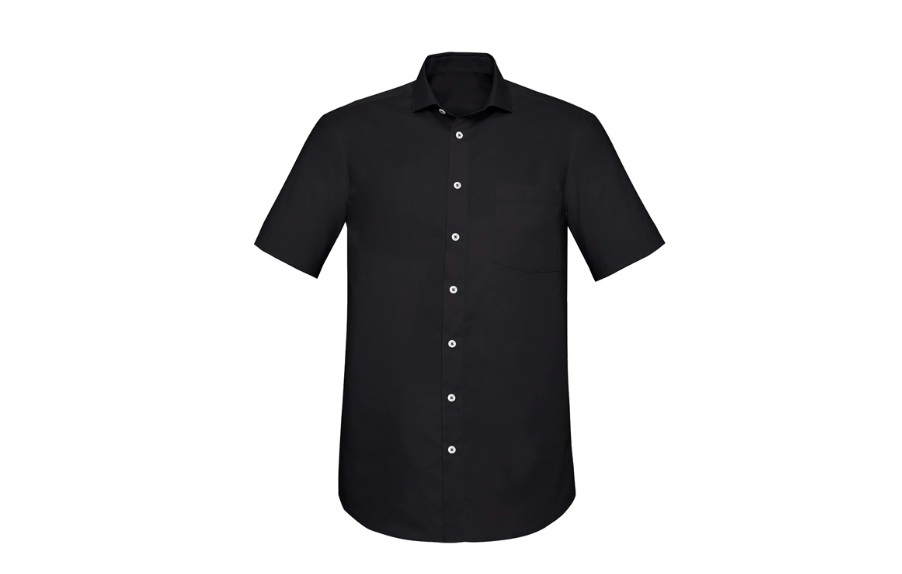 Corporate Uniforms
Corporate Uniforms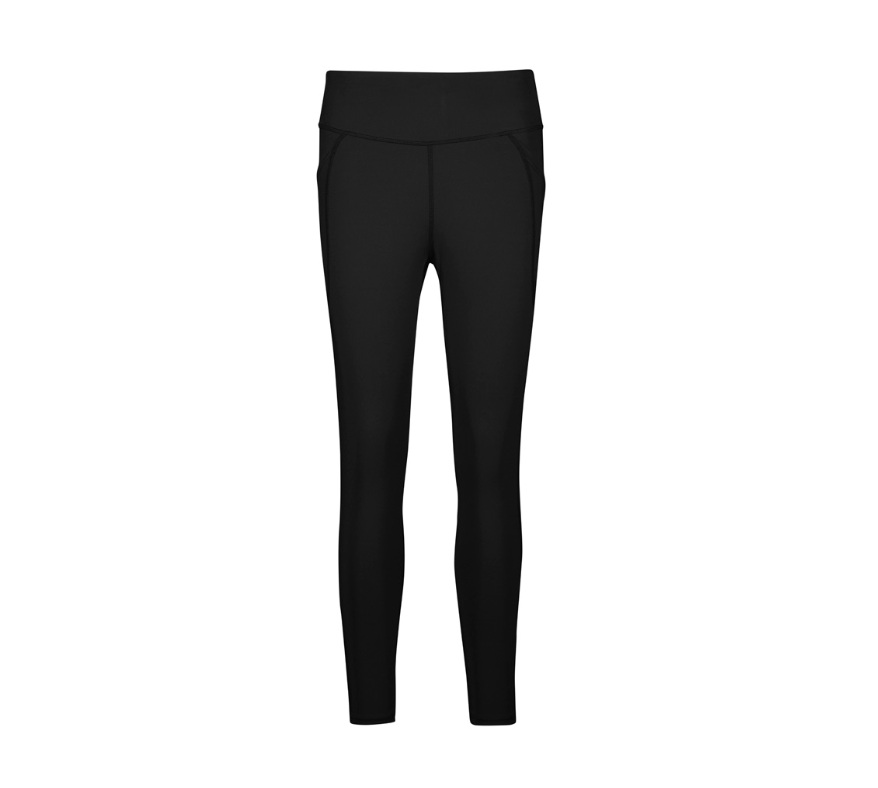 Eco Apparel
Eco Apparel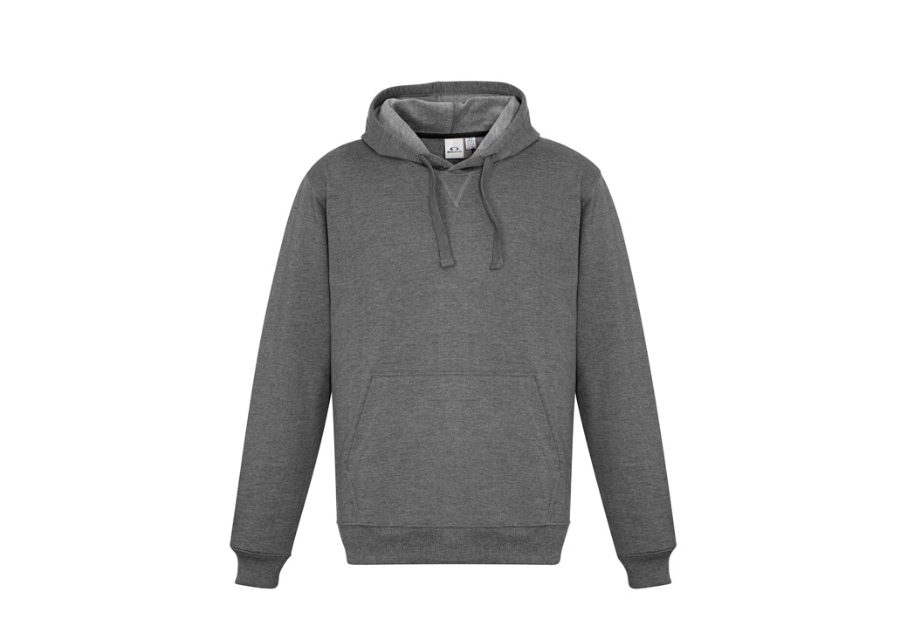 Hoodies & Sweaters
Hoodies & Sweaters Jackets
Jackets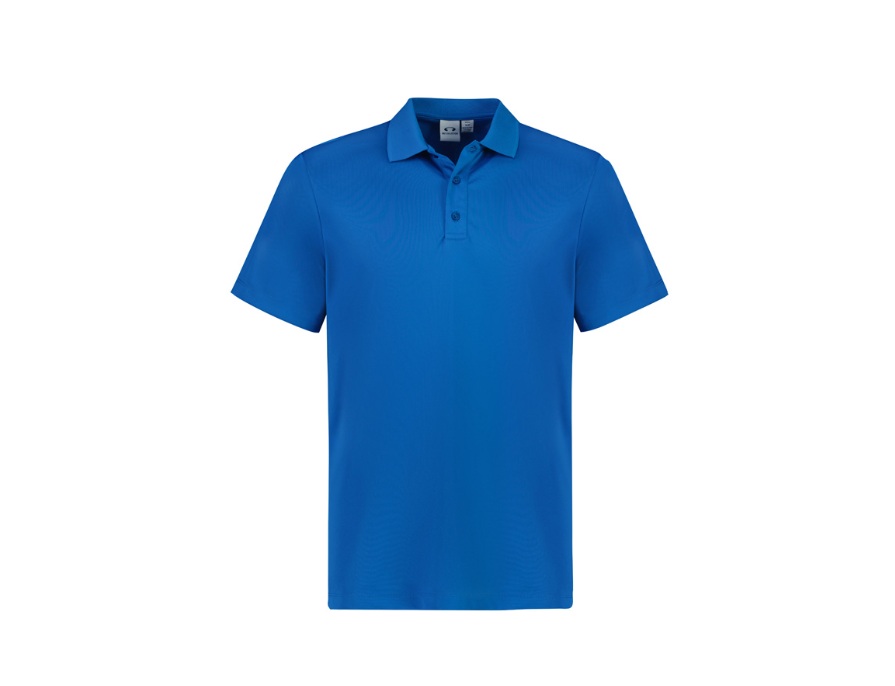 Kids' Clothes
Kids' Clothes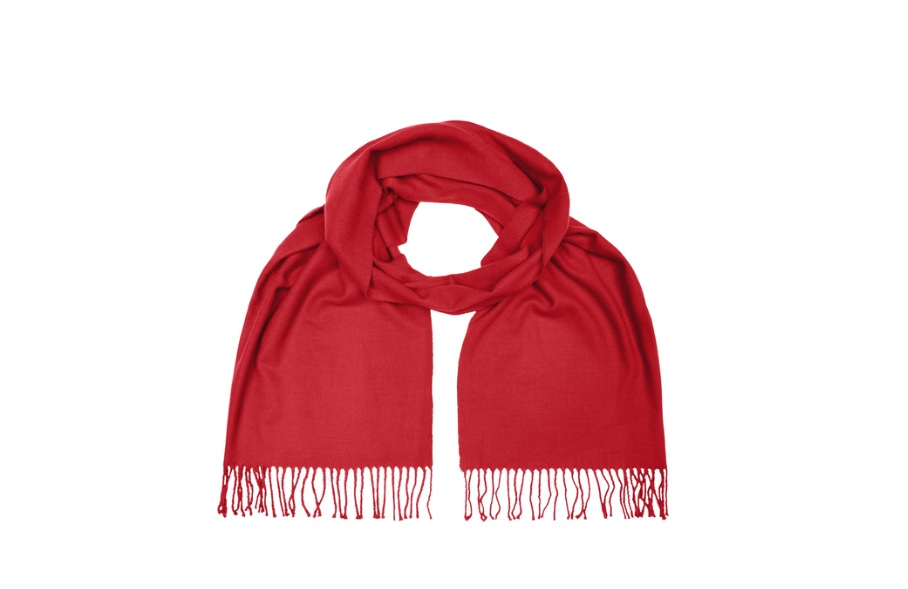 Other Apparel
Other Apparel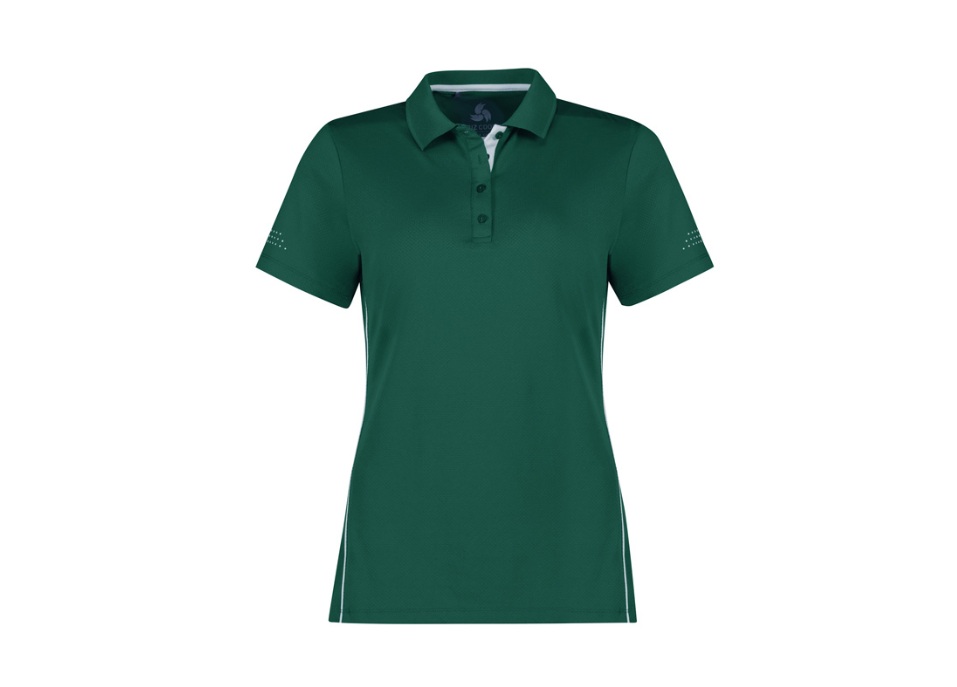 Polo Shirts
Polo Shirts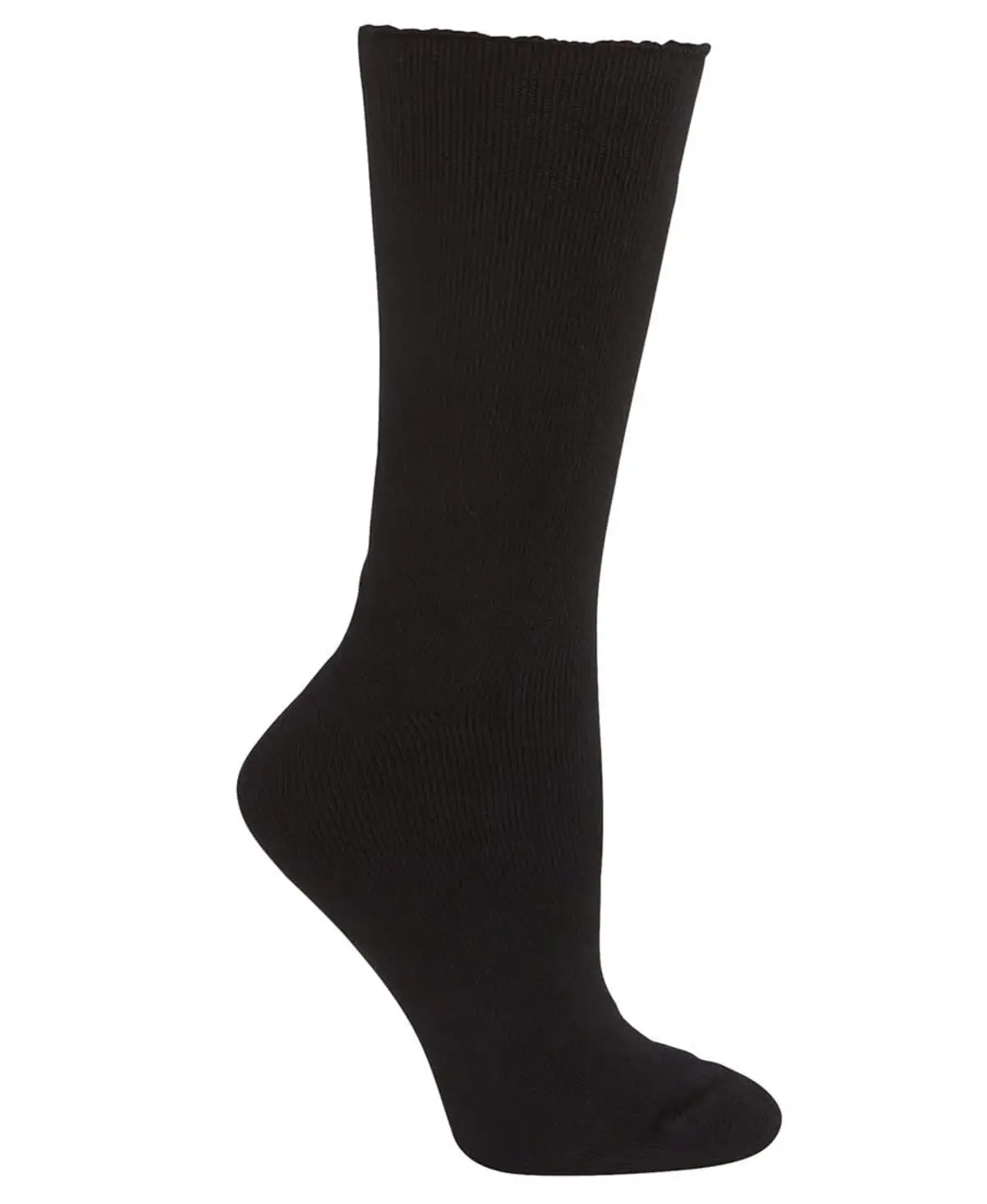 Socks
Socks Shoes
Shoes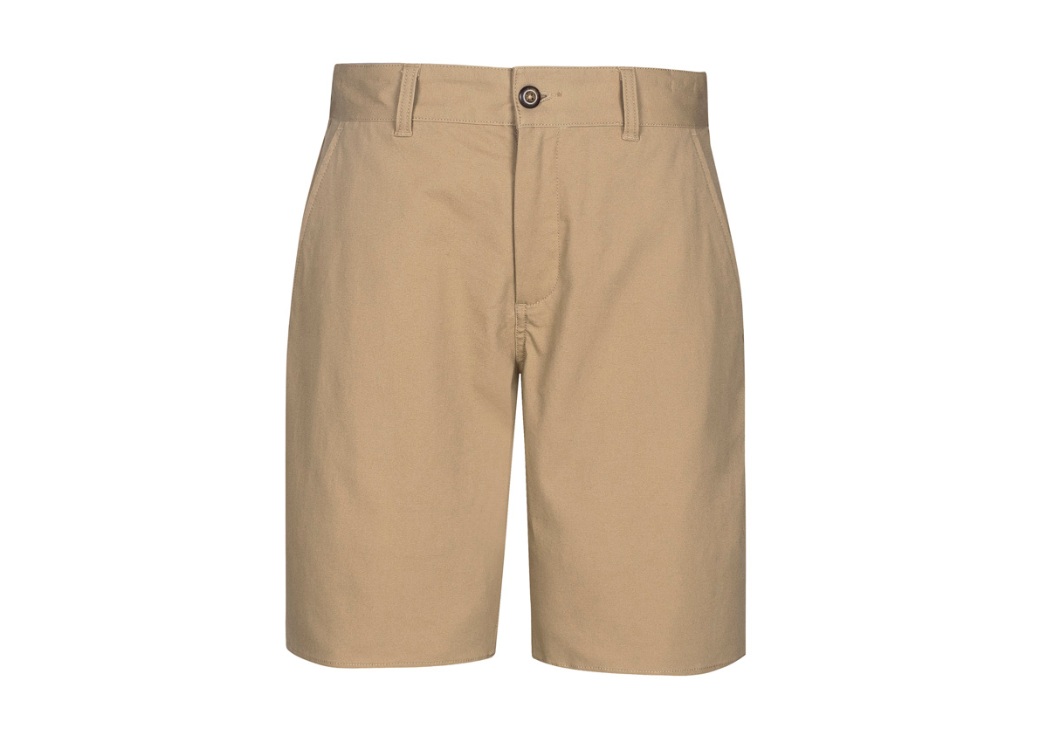 Sports Bottoms
Sports Bottoms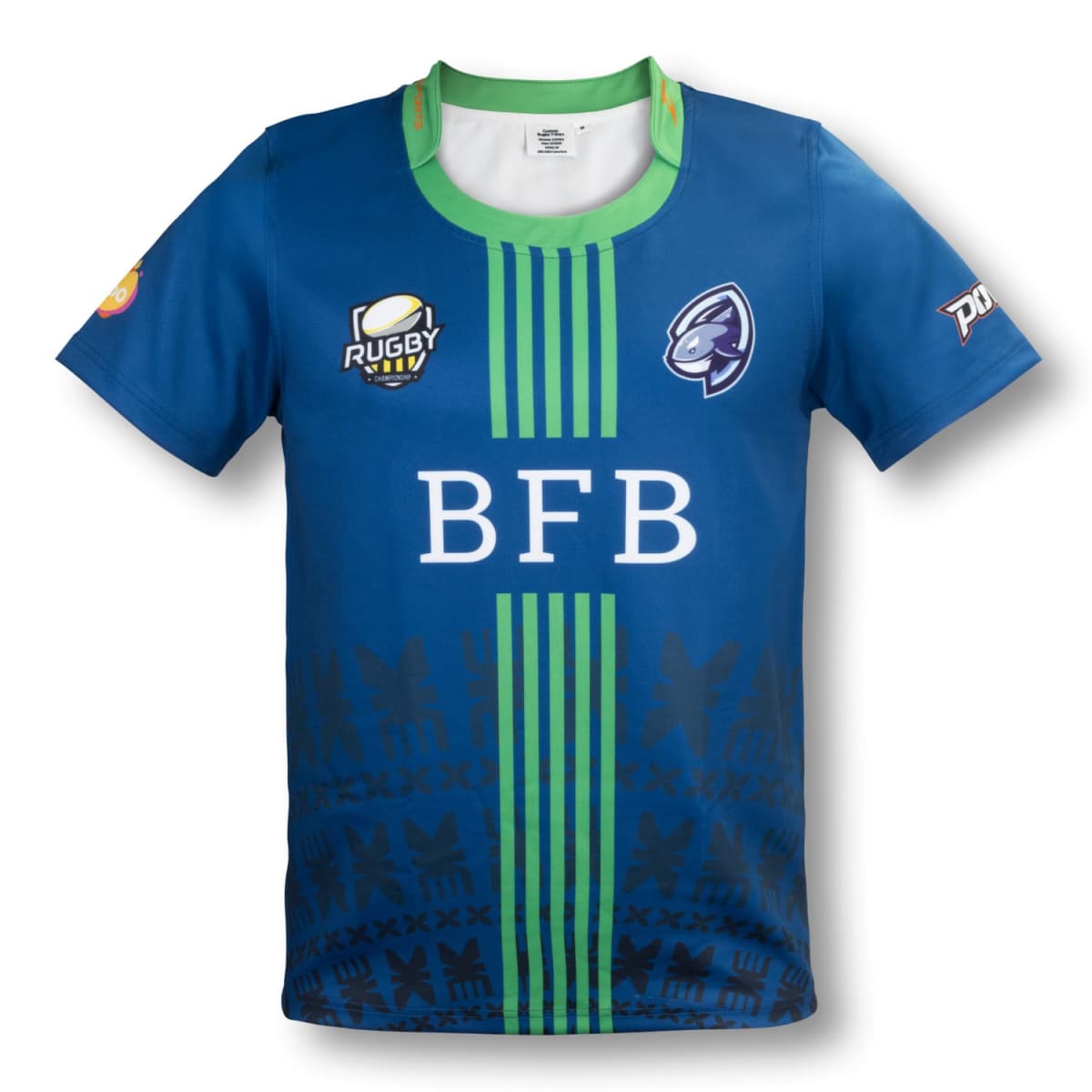 Sports Uniforms
Sports Uniforms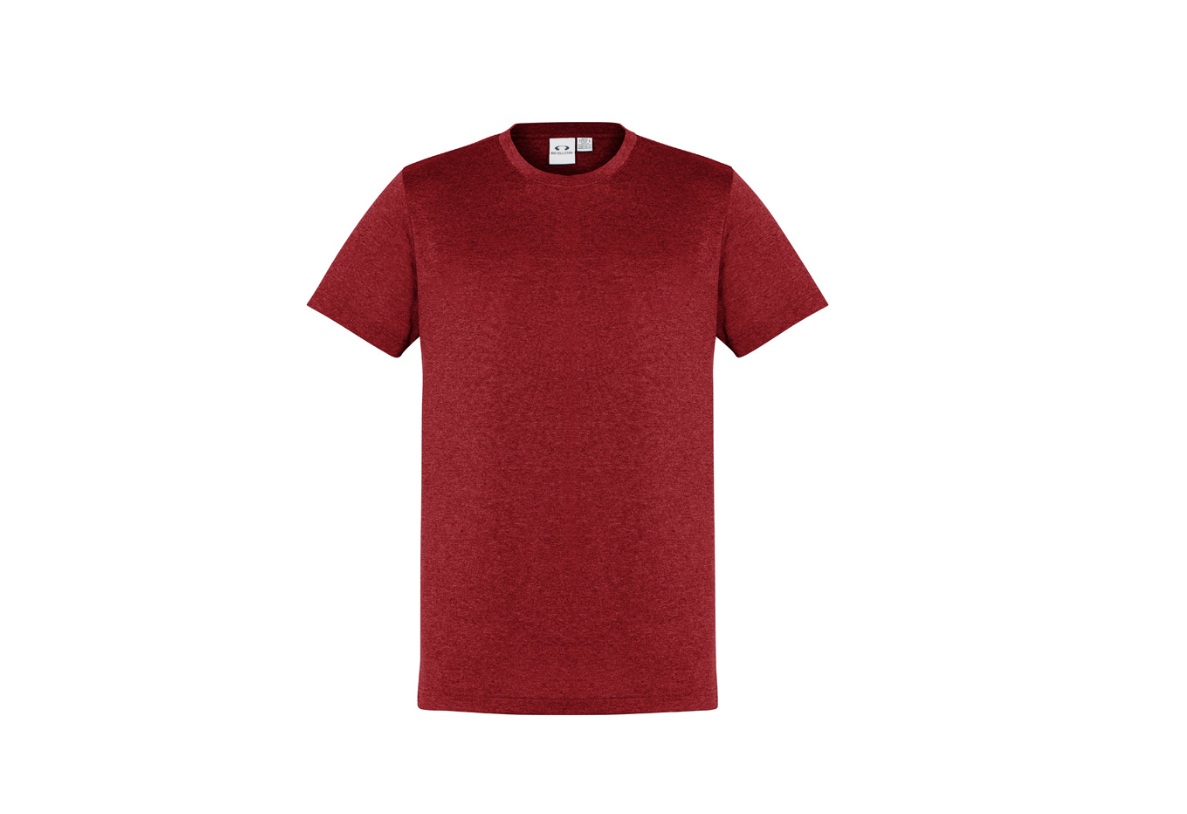 Tee Shirts
Tee Shirts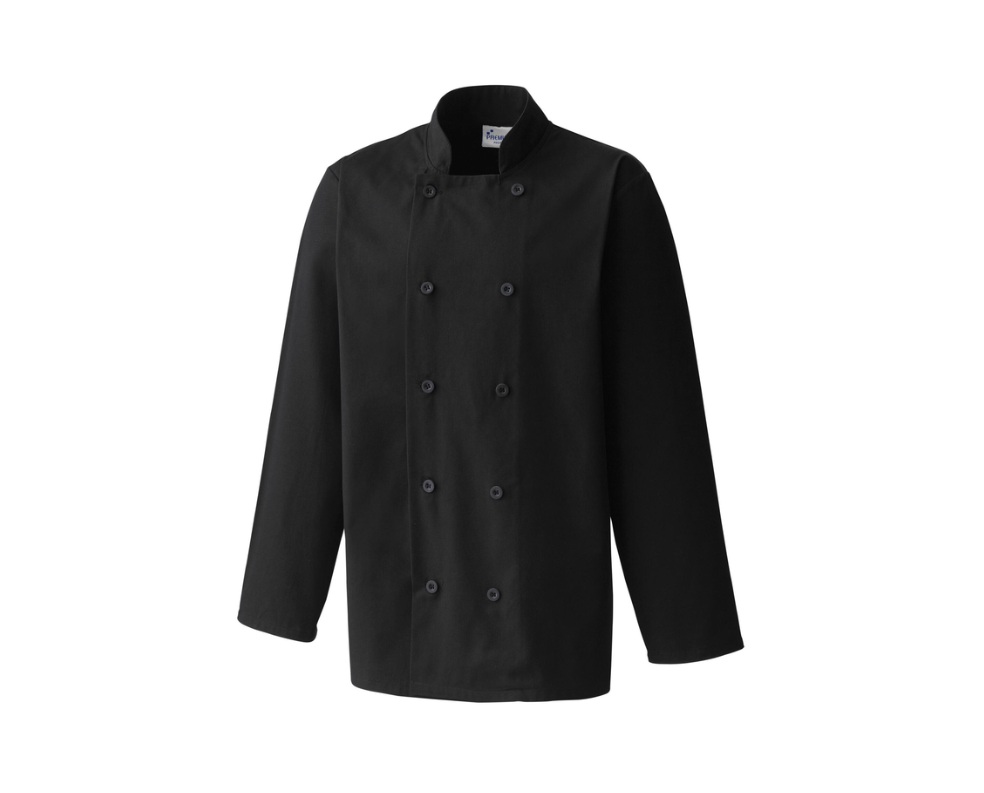 Workwear
Workwear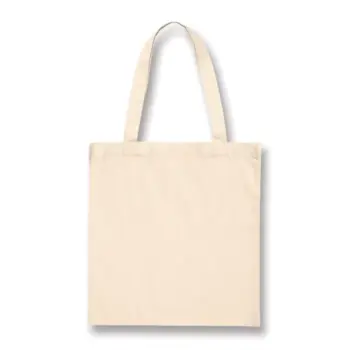
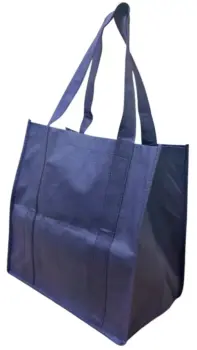
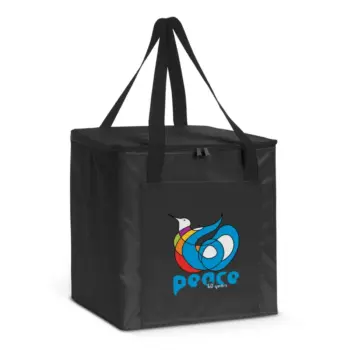
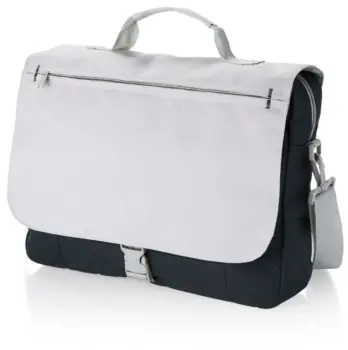
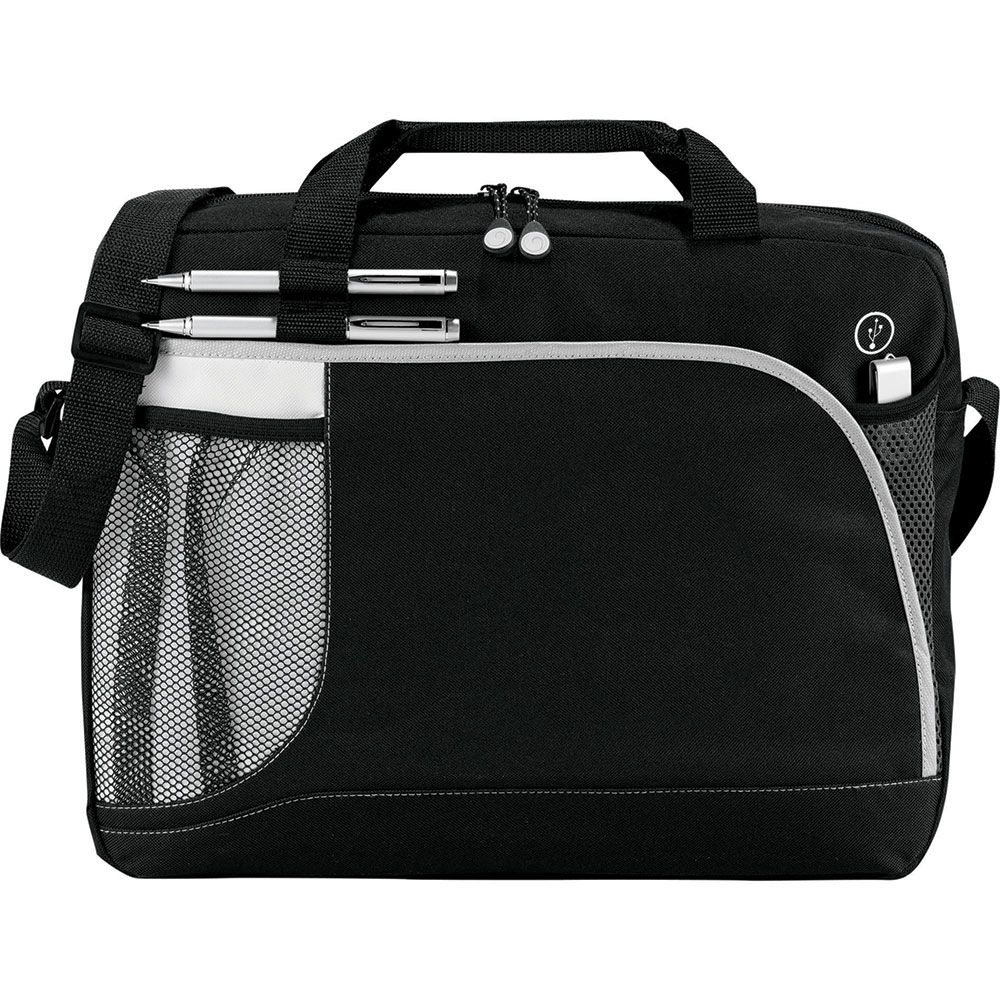 Briefcases
Briefcases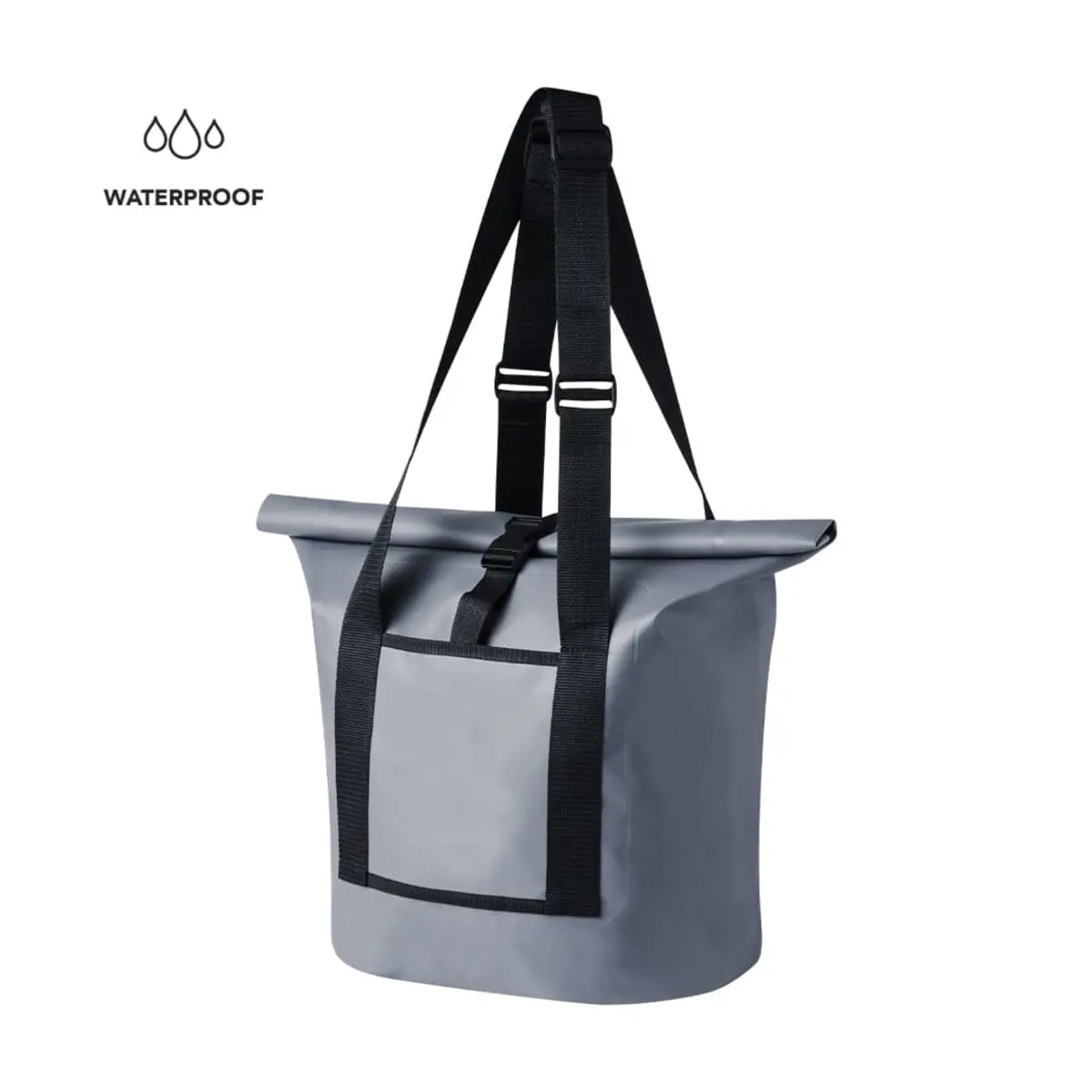 Dry Bags
Dry Bags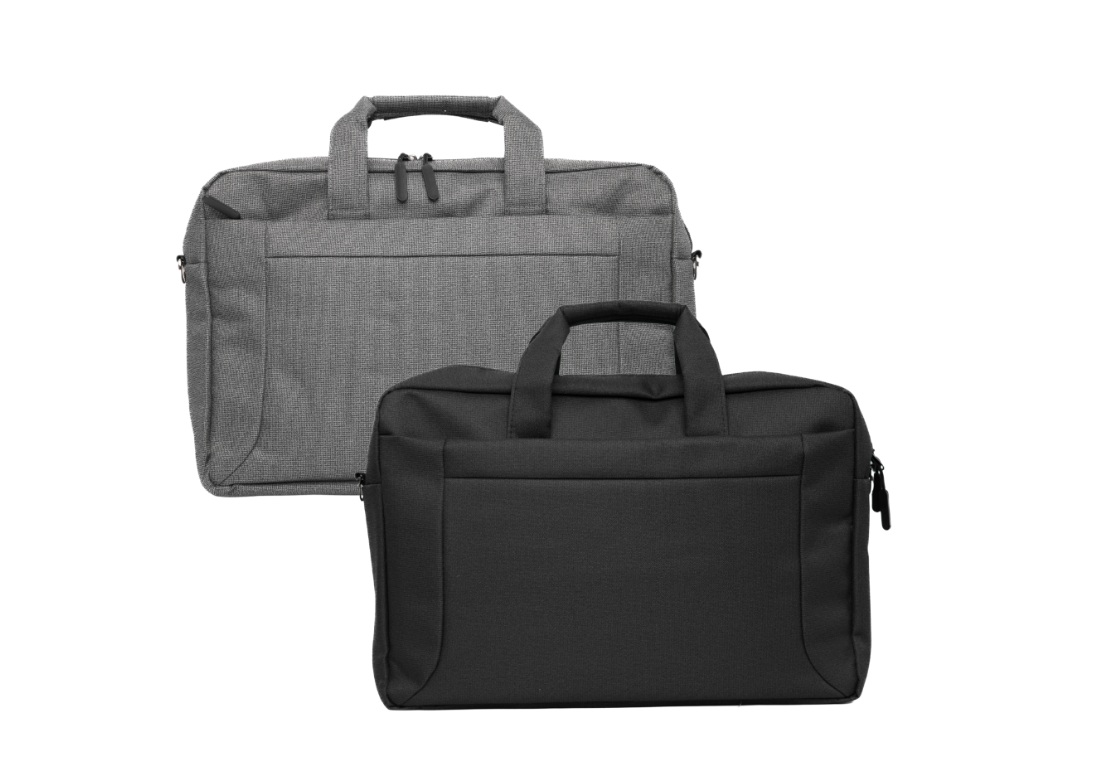 Laptop
Laptop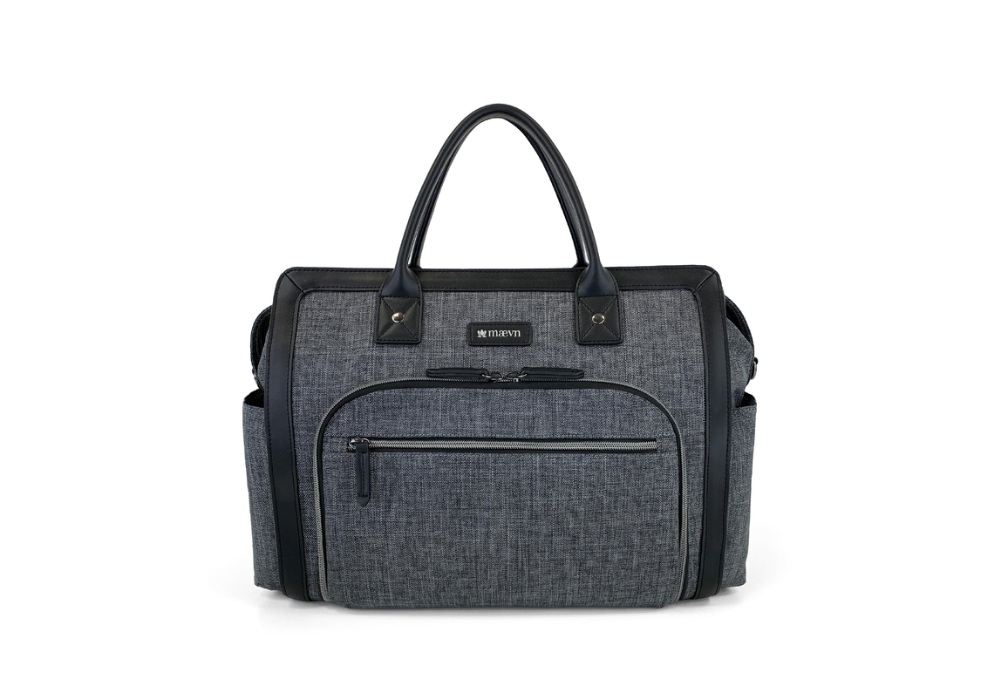 Satchels
Satchels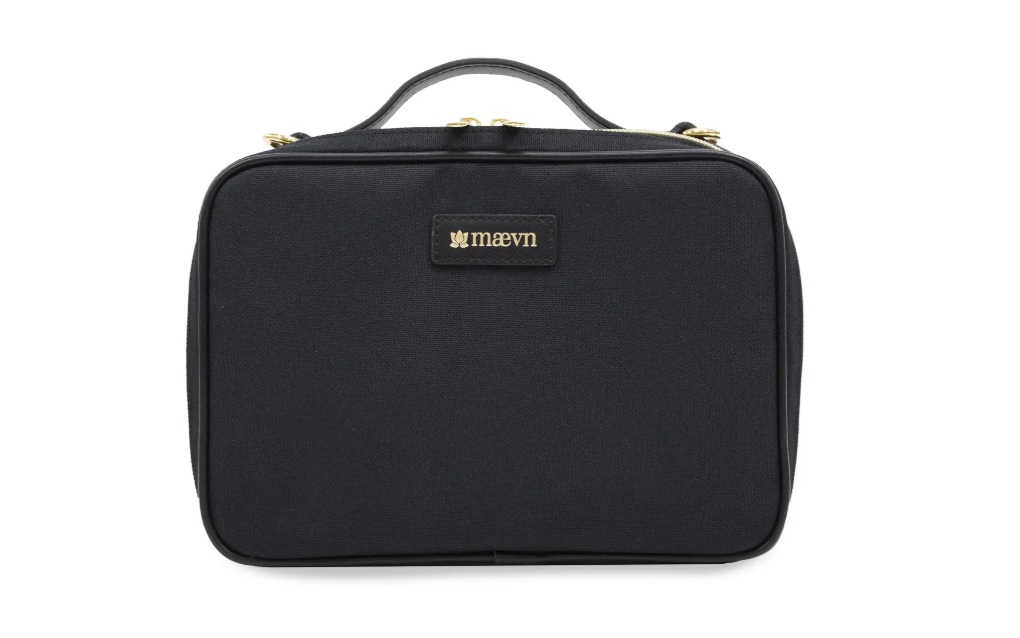 Specialised Bags
Specialised Bags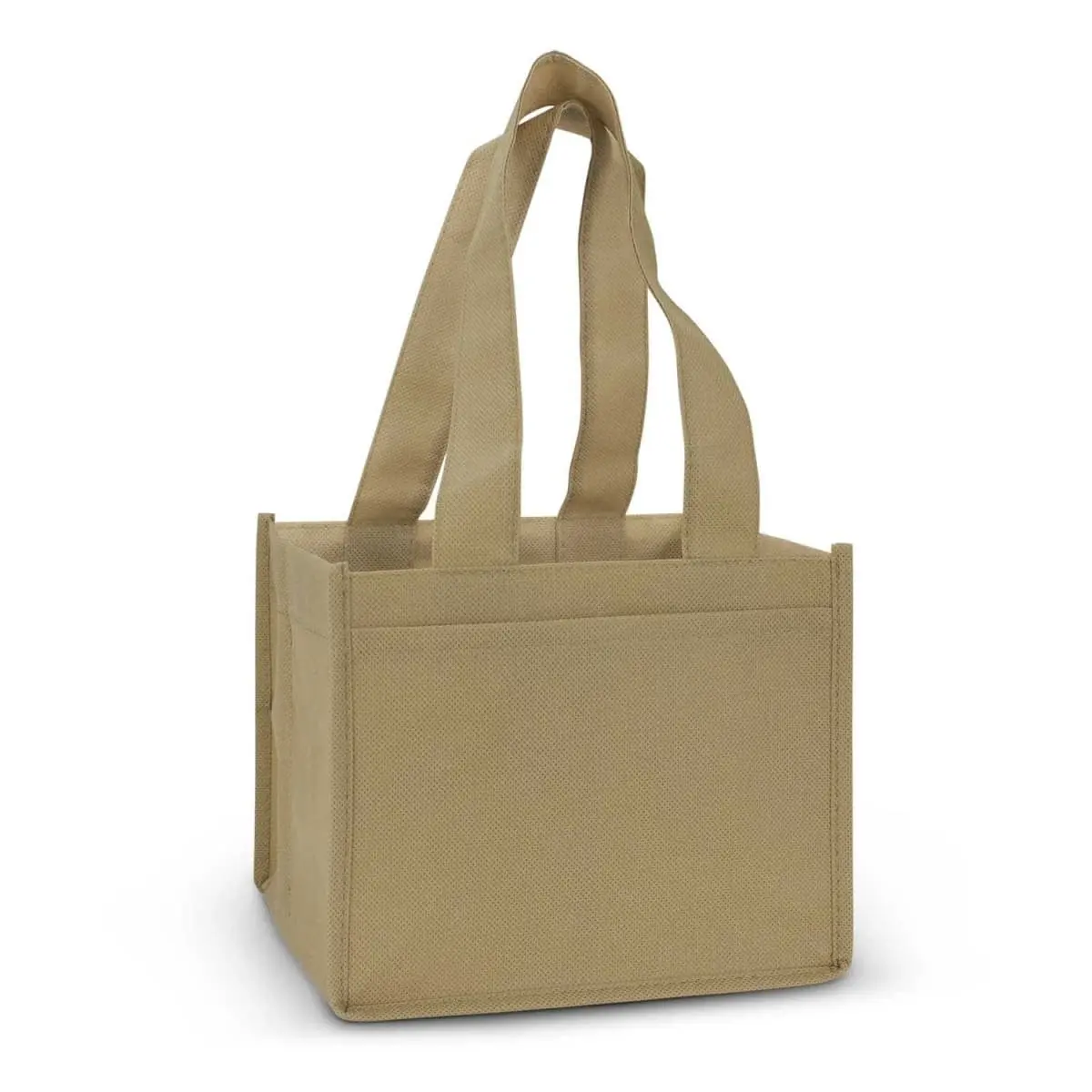 Tote Bags
Tote Bags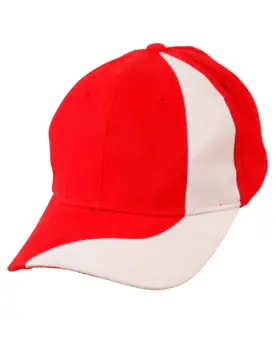
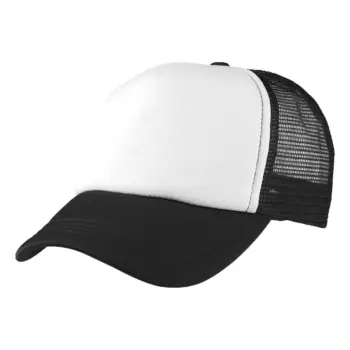
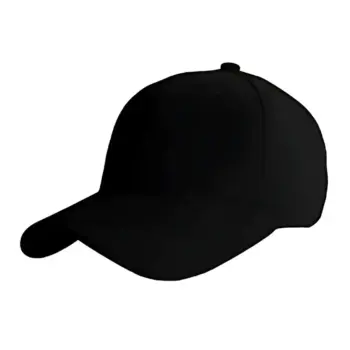
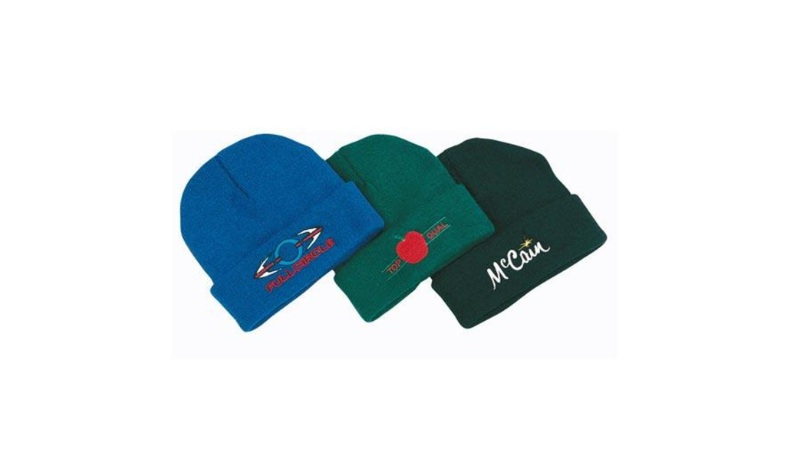 Beanies
Beanies Caps
Caps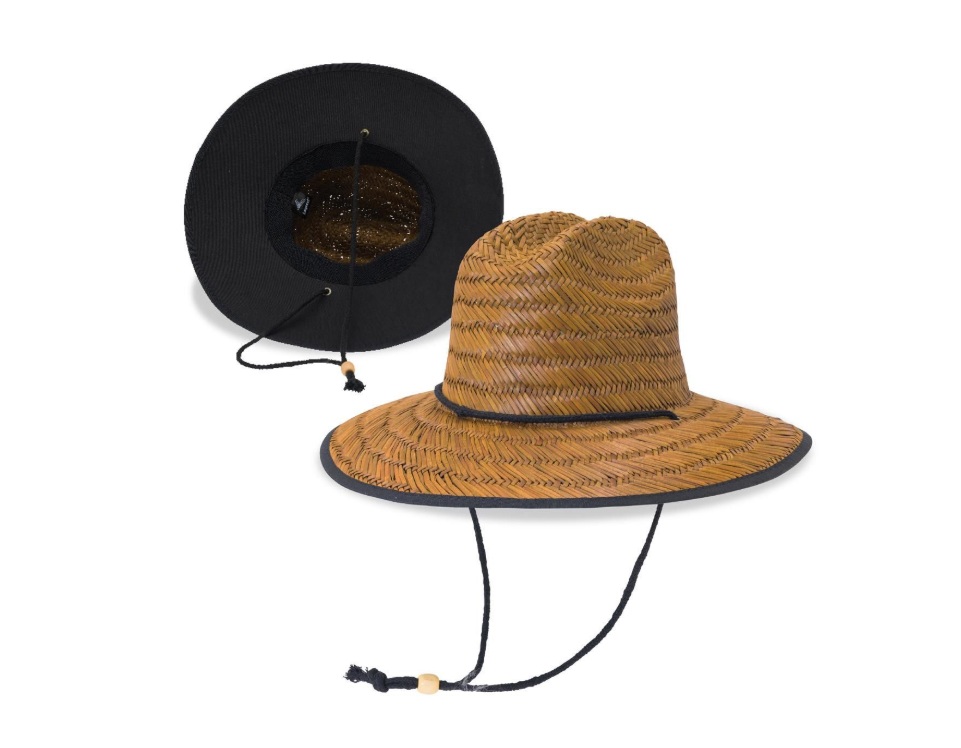 Straw Hats
Straw Hats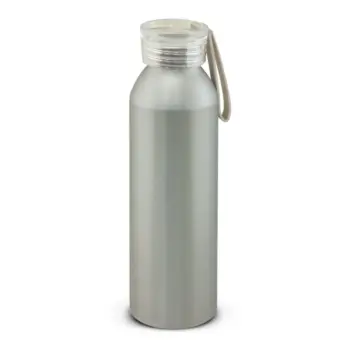
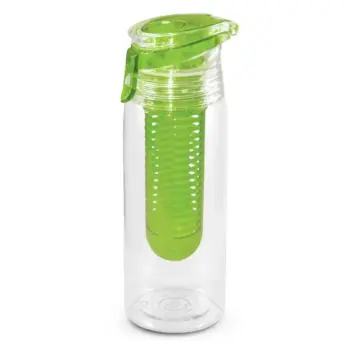
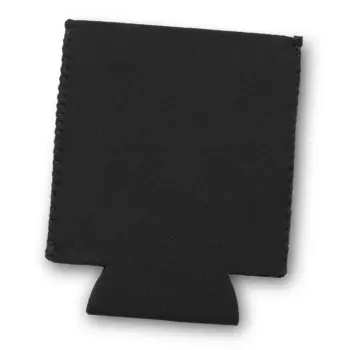
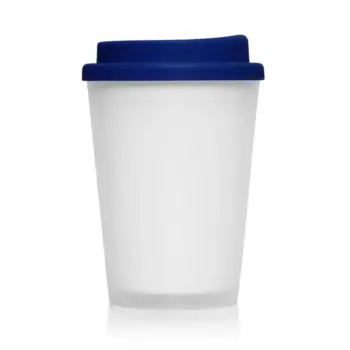
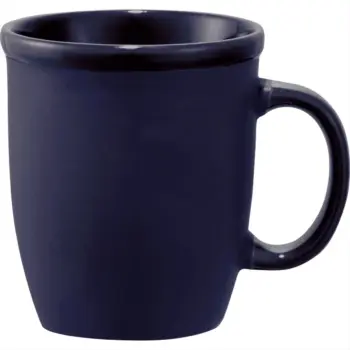
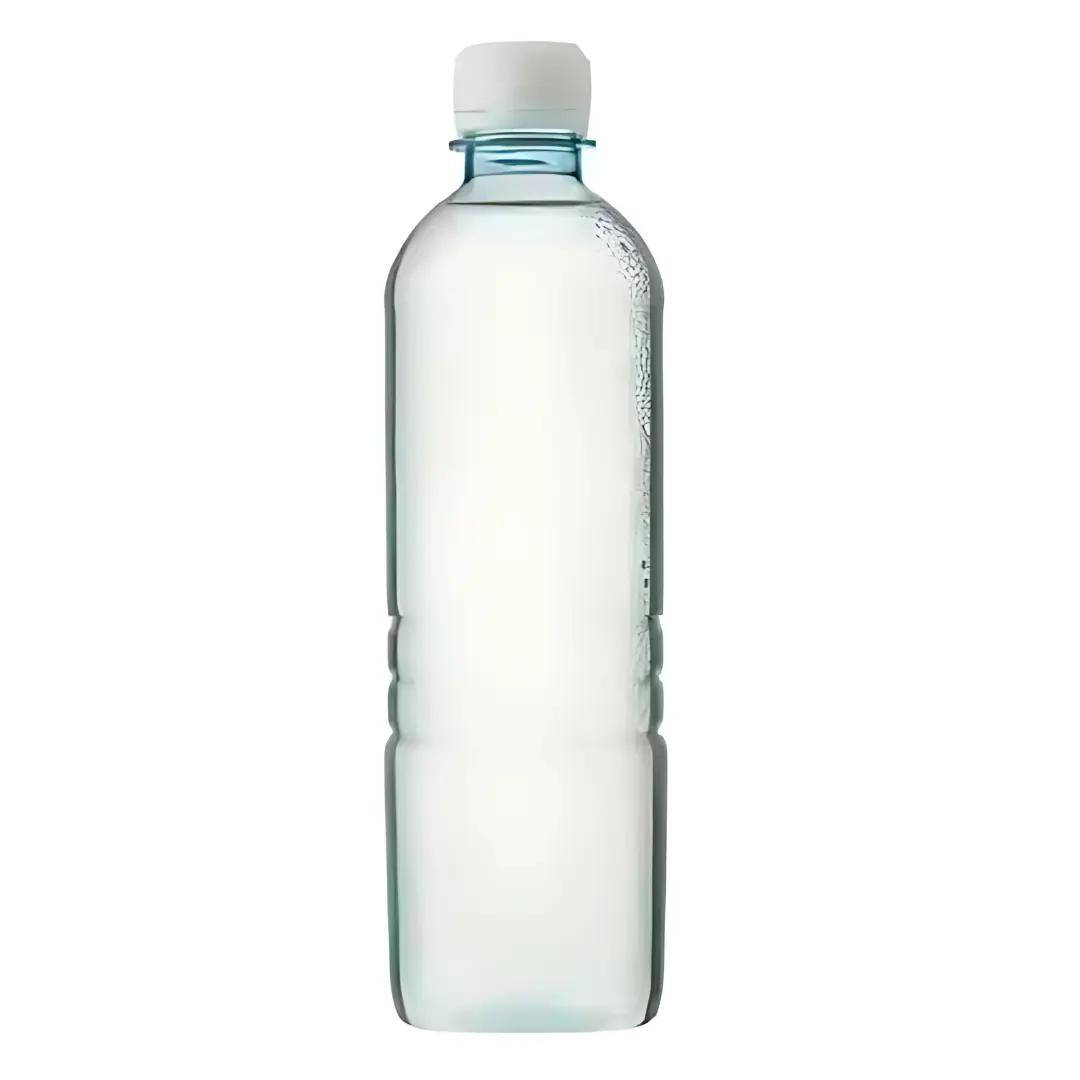 Bottled Water
Bottled Water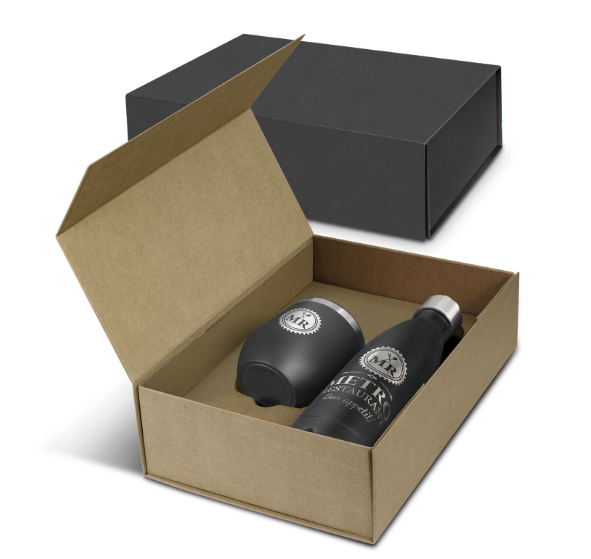 Drinkware Gift Sets
Drinkware Gift Sets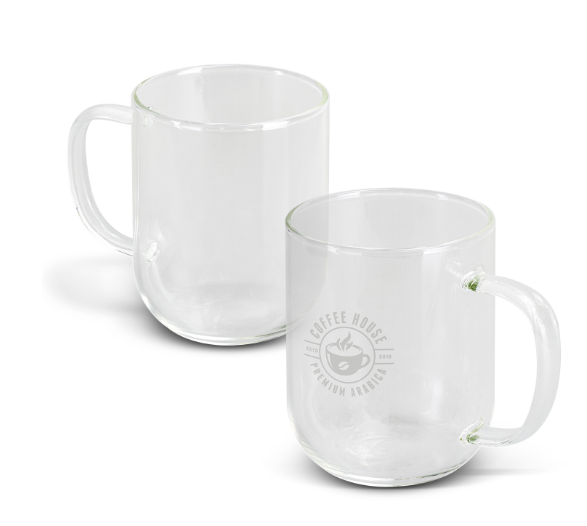 Glass & Poly Cups
Glass & Poly Cups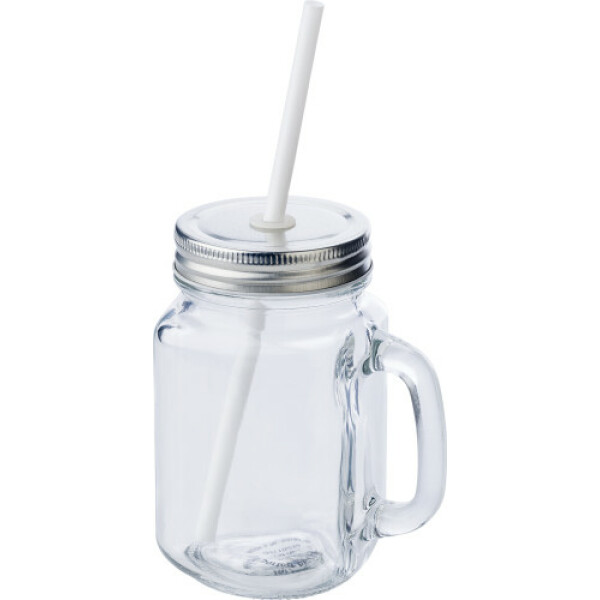 Mason Jars
Mason Jars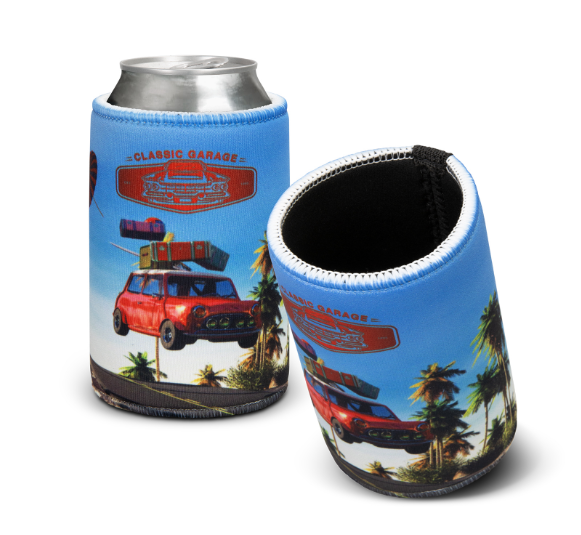 Stubby | Bar & Drinkware
Stubby | Bar & Drinkware Wines
Wines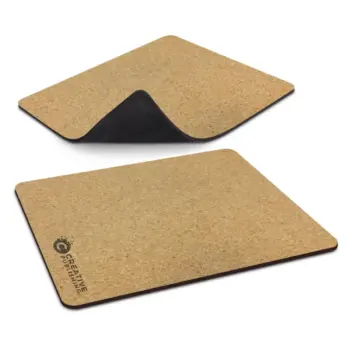


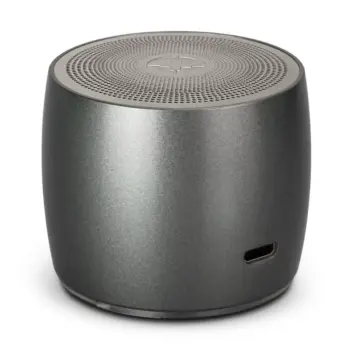
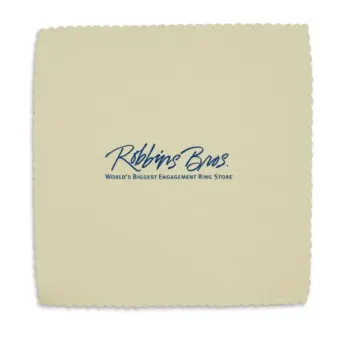
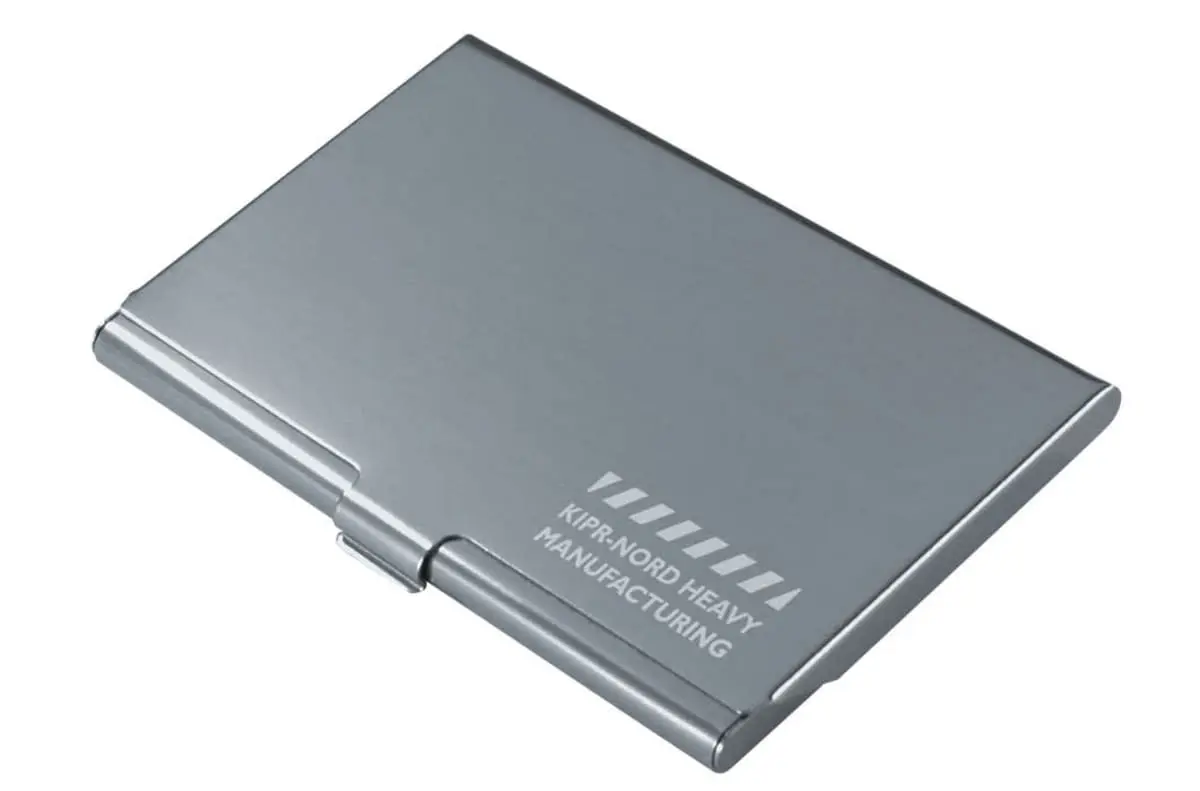 Business Card Holders
Business Card Holders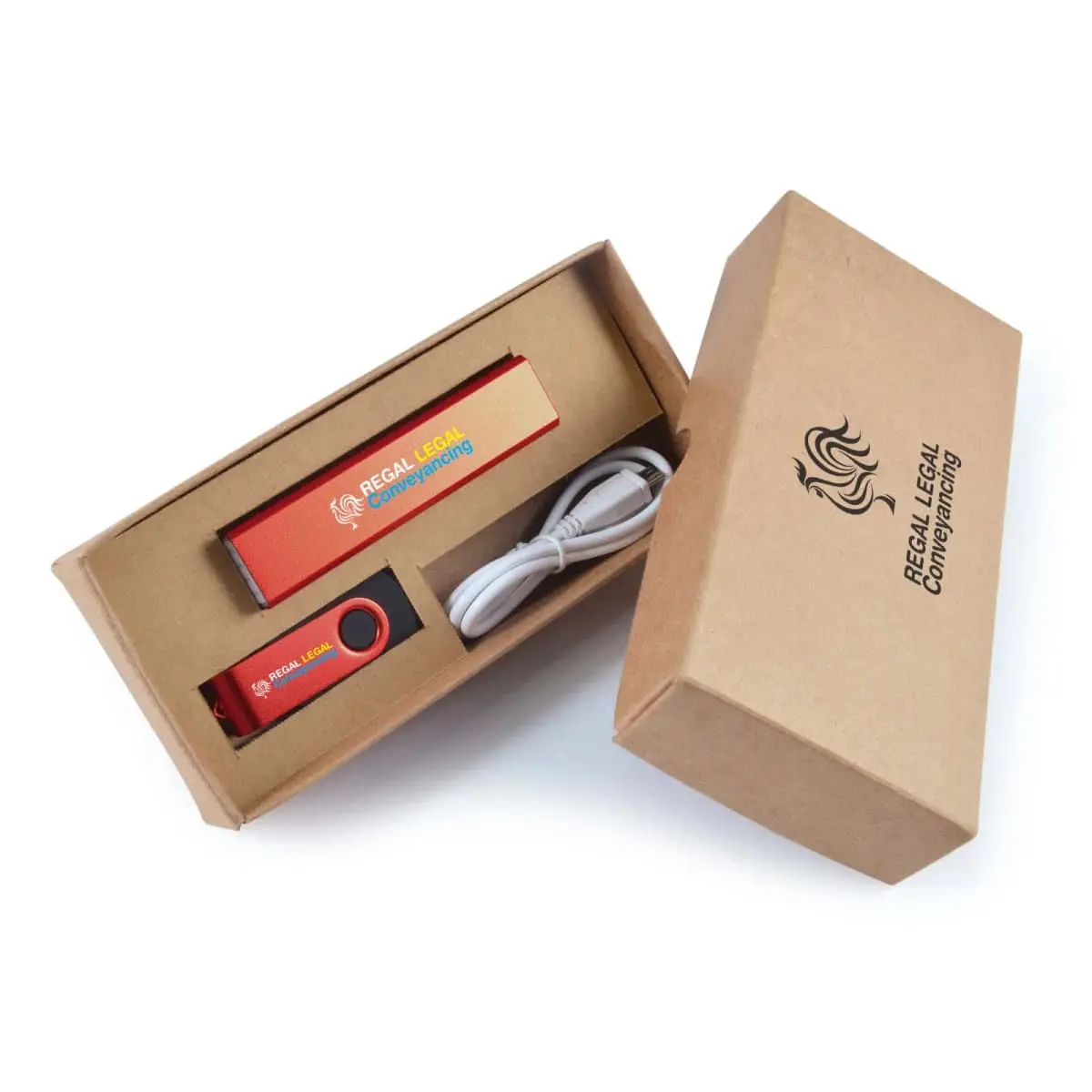 IT Gift Sets
IT Gift Sets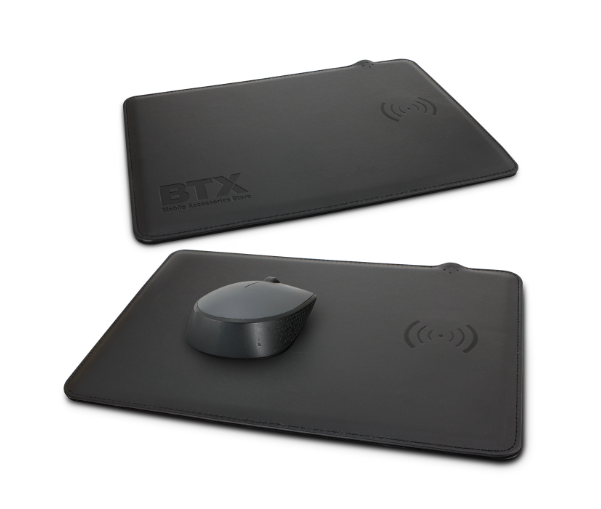 Tech Computers
Tech Computers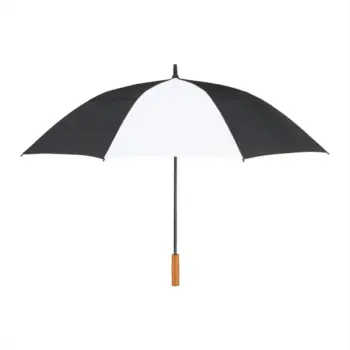
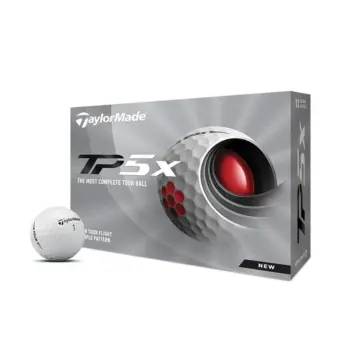
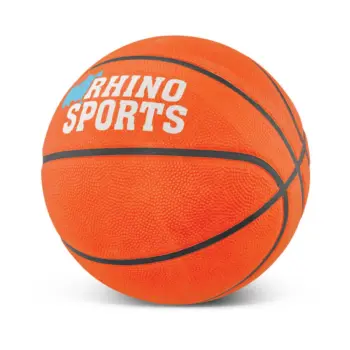
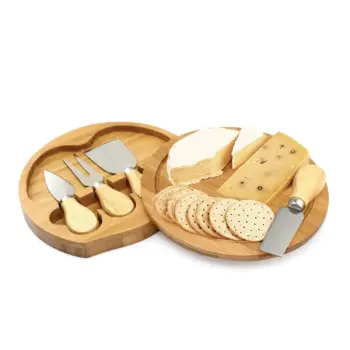
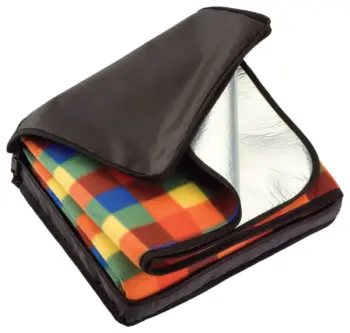
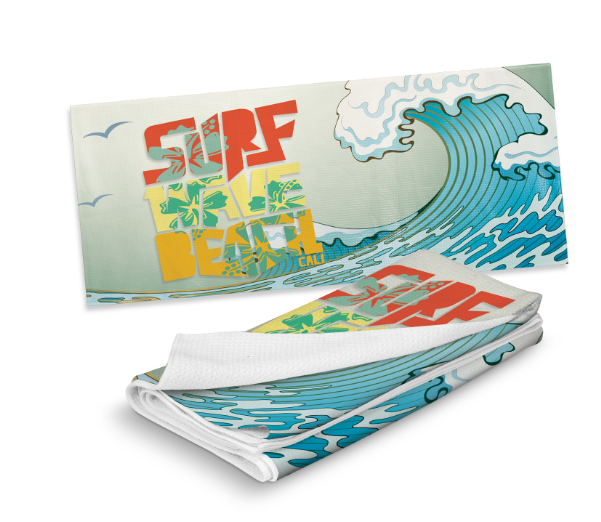 Beach Towels
Beach Towels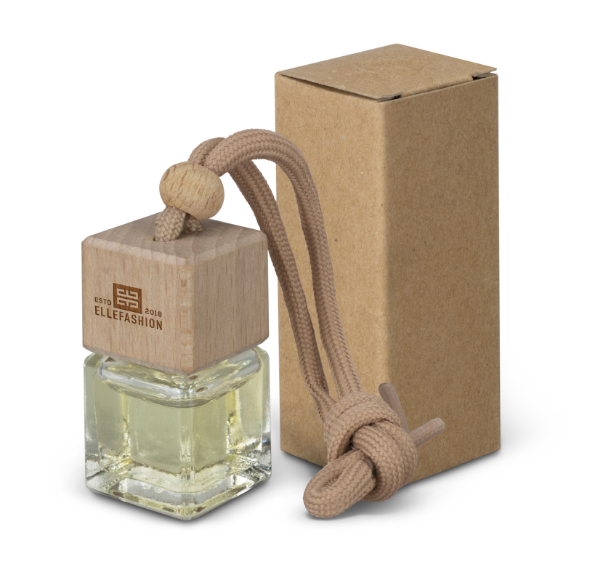 Car Accessories
Car Accessories Golf
Golf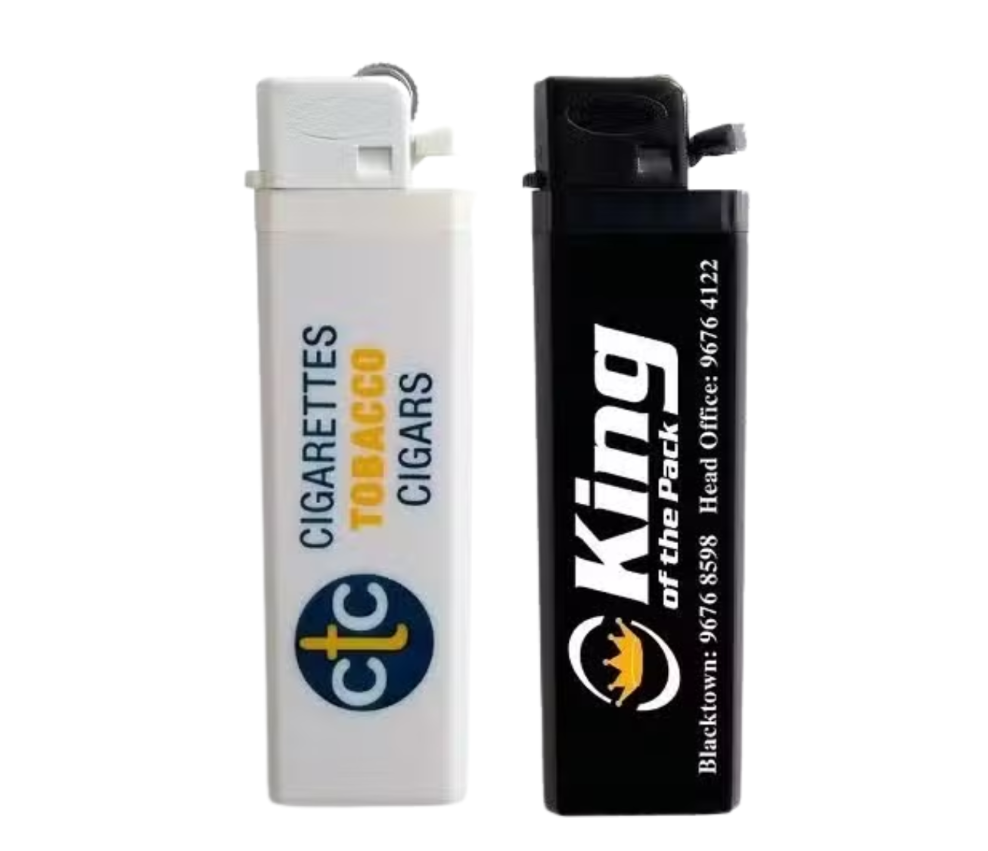 Lighters
Lighters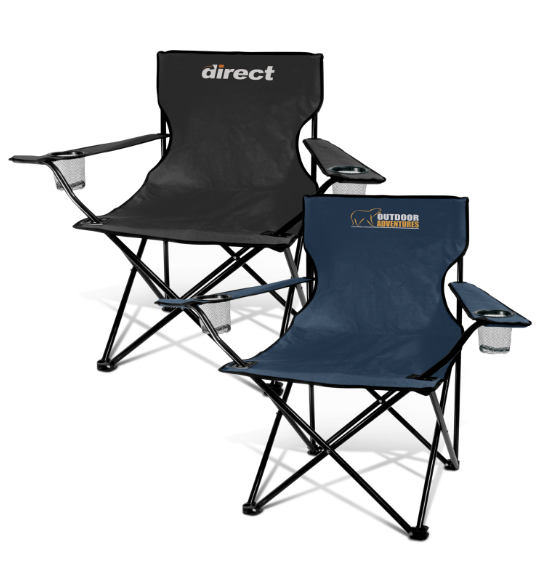 Picnic Gear
Picnic Gear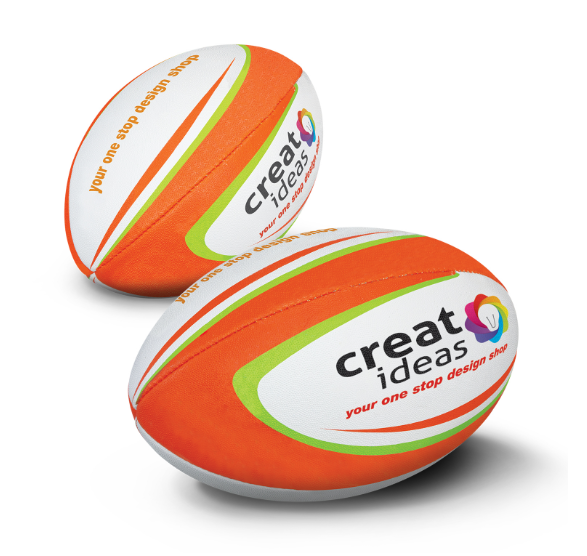 Sports Items
Sports Items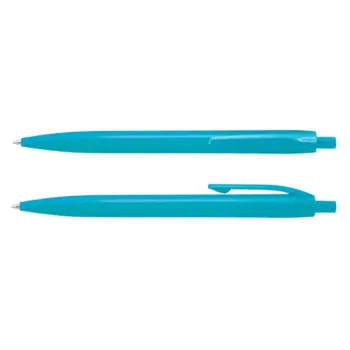
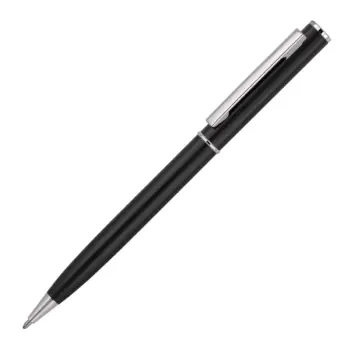
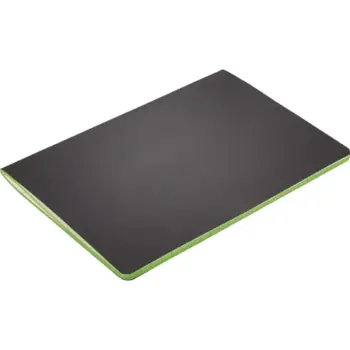
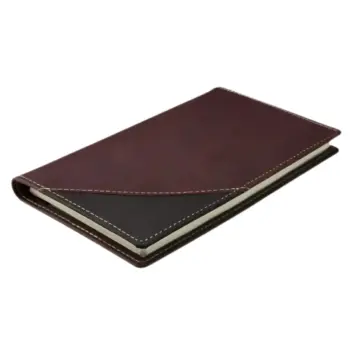
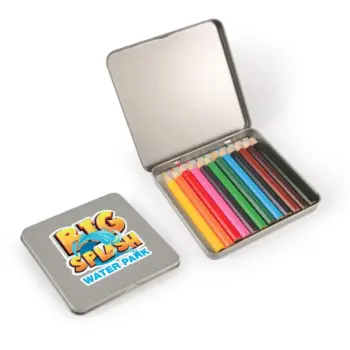
 Markers
Markers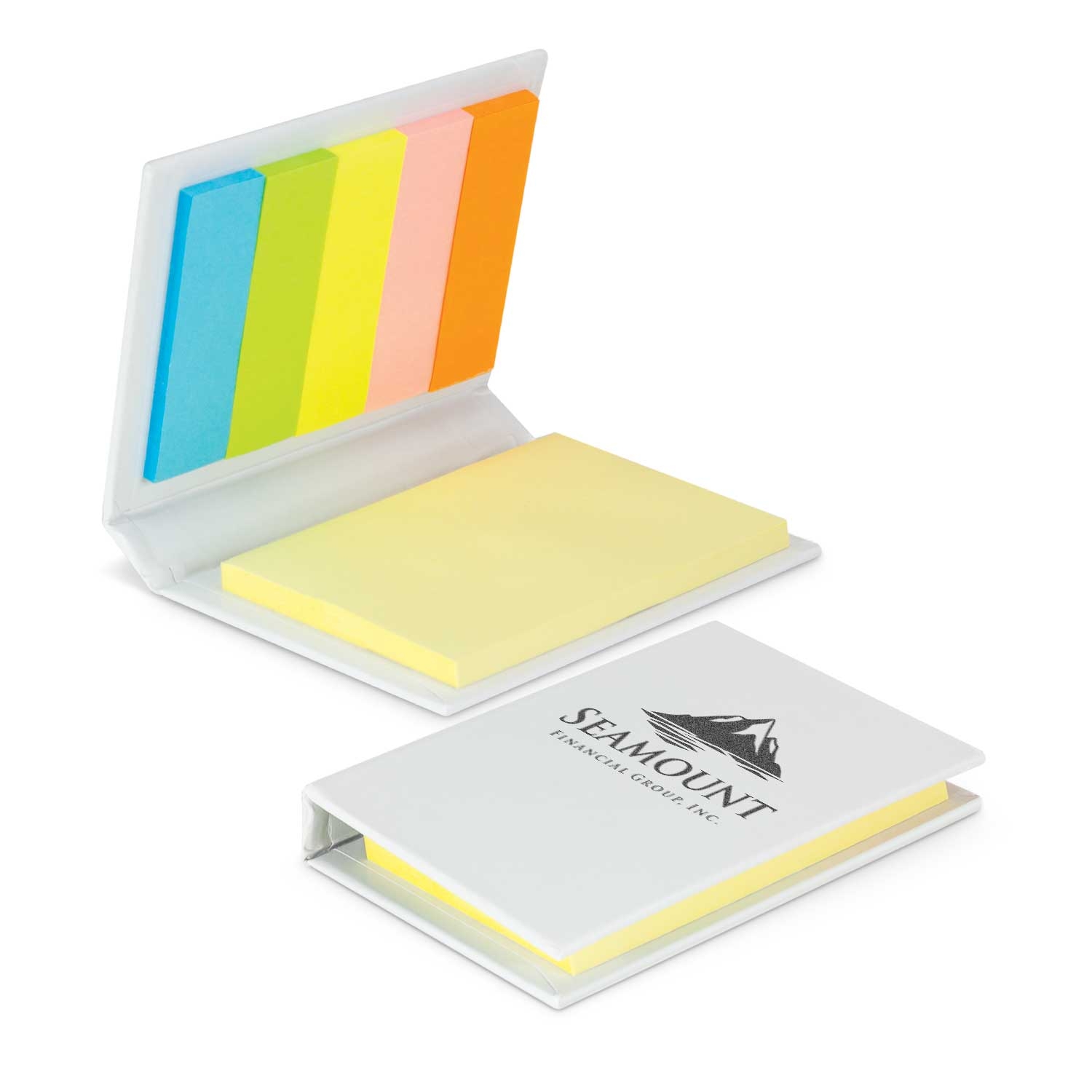 Post-It & Sticky Notes
Post-It & Sticky Notes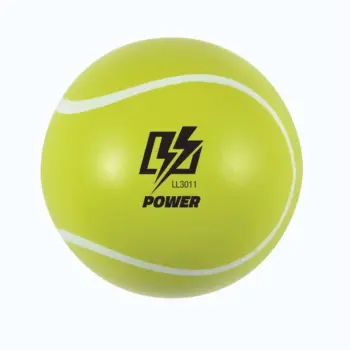
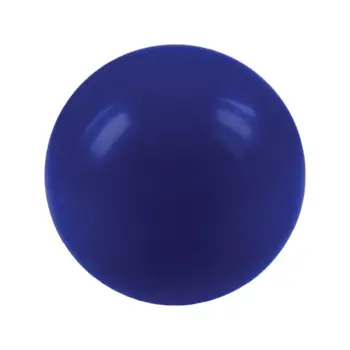

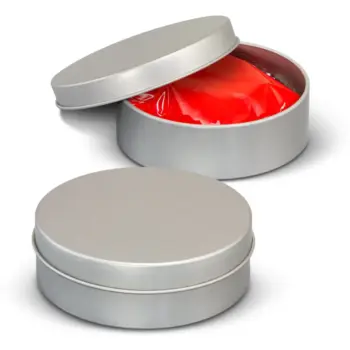
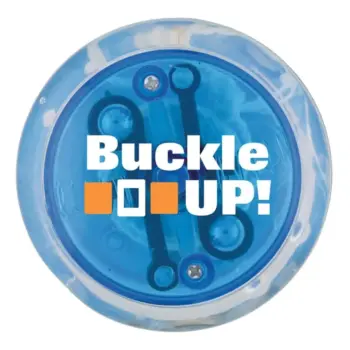
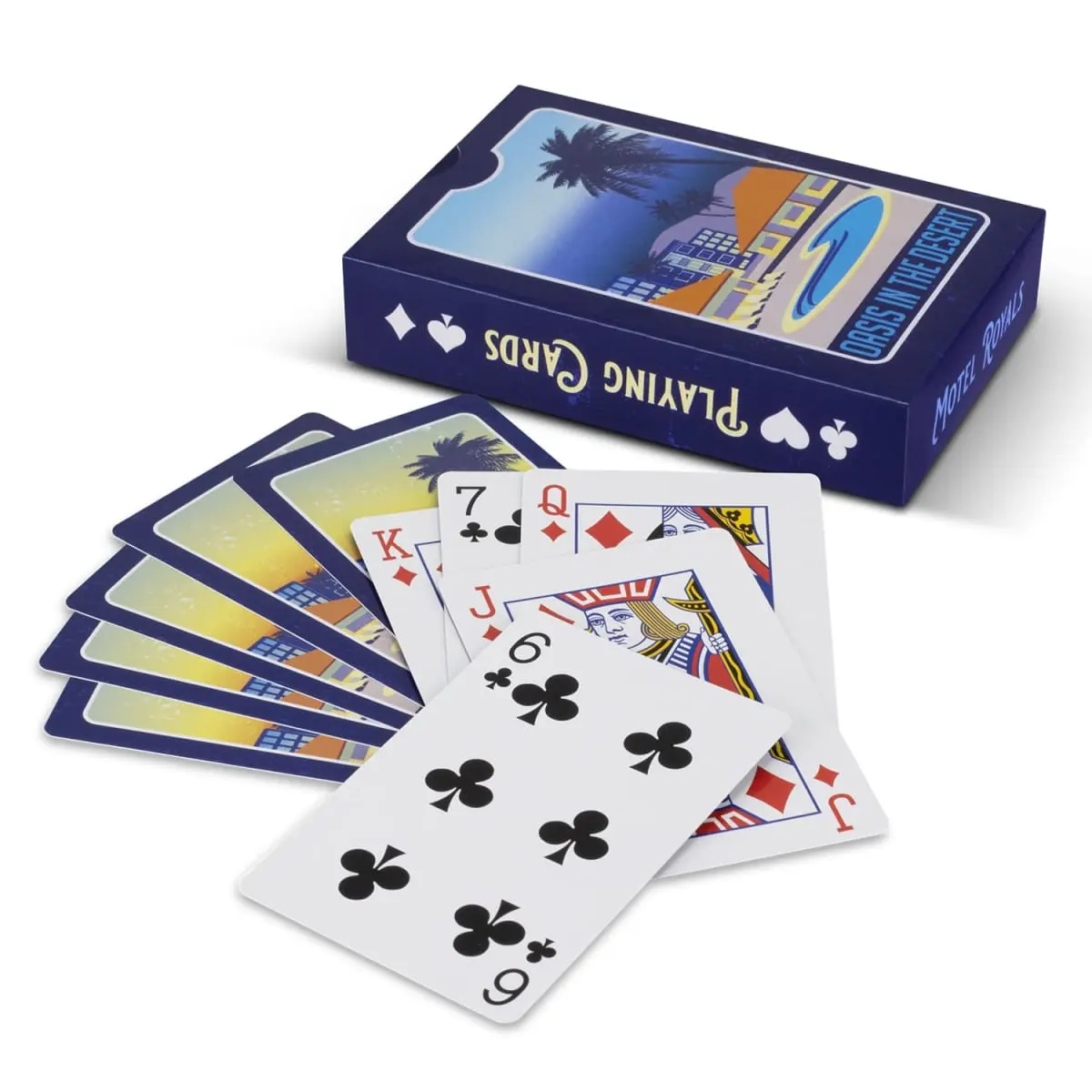 Card Decks
Card Decks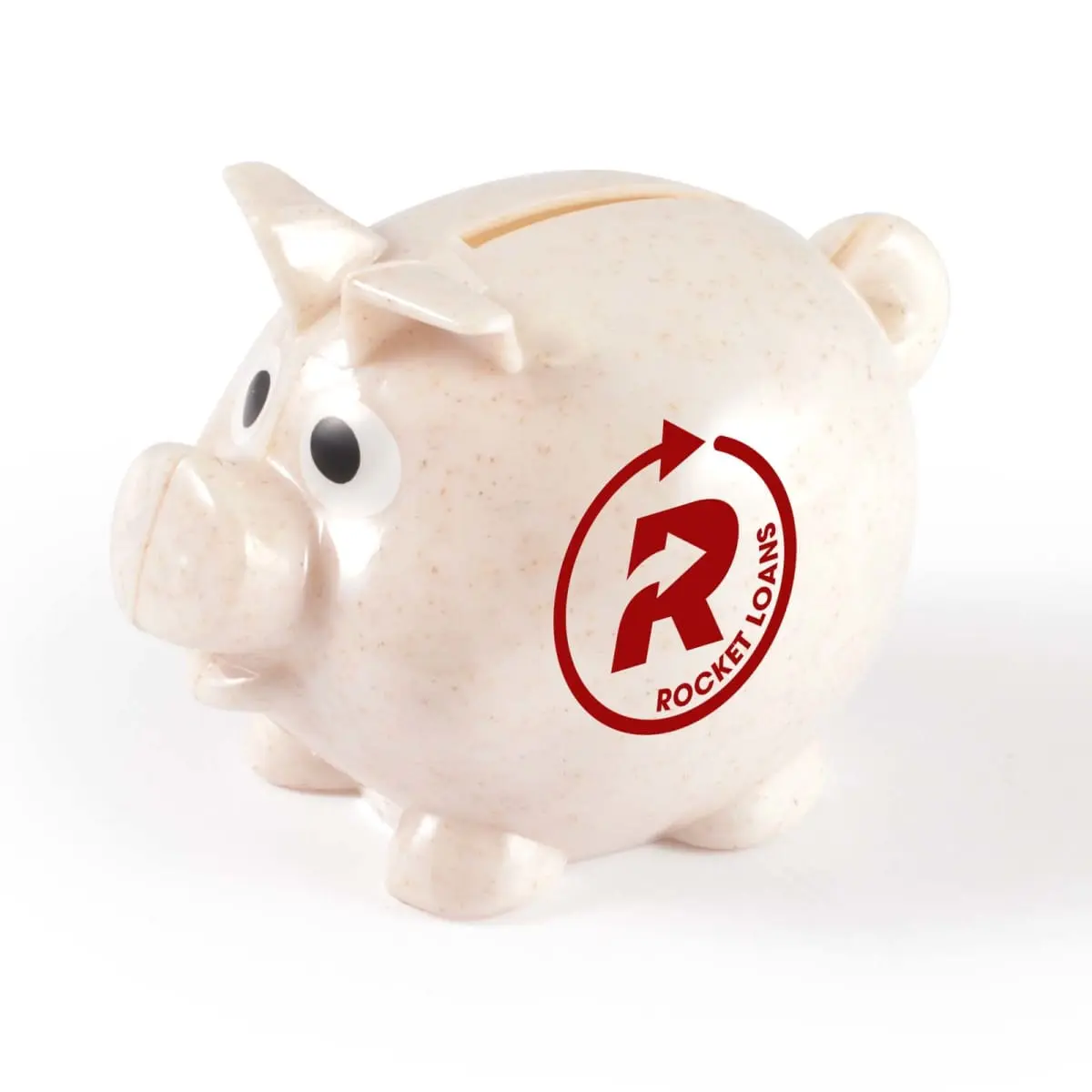 Coin Banks
Coin Banks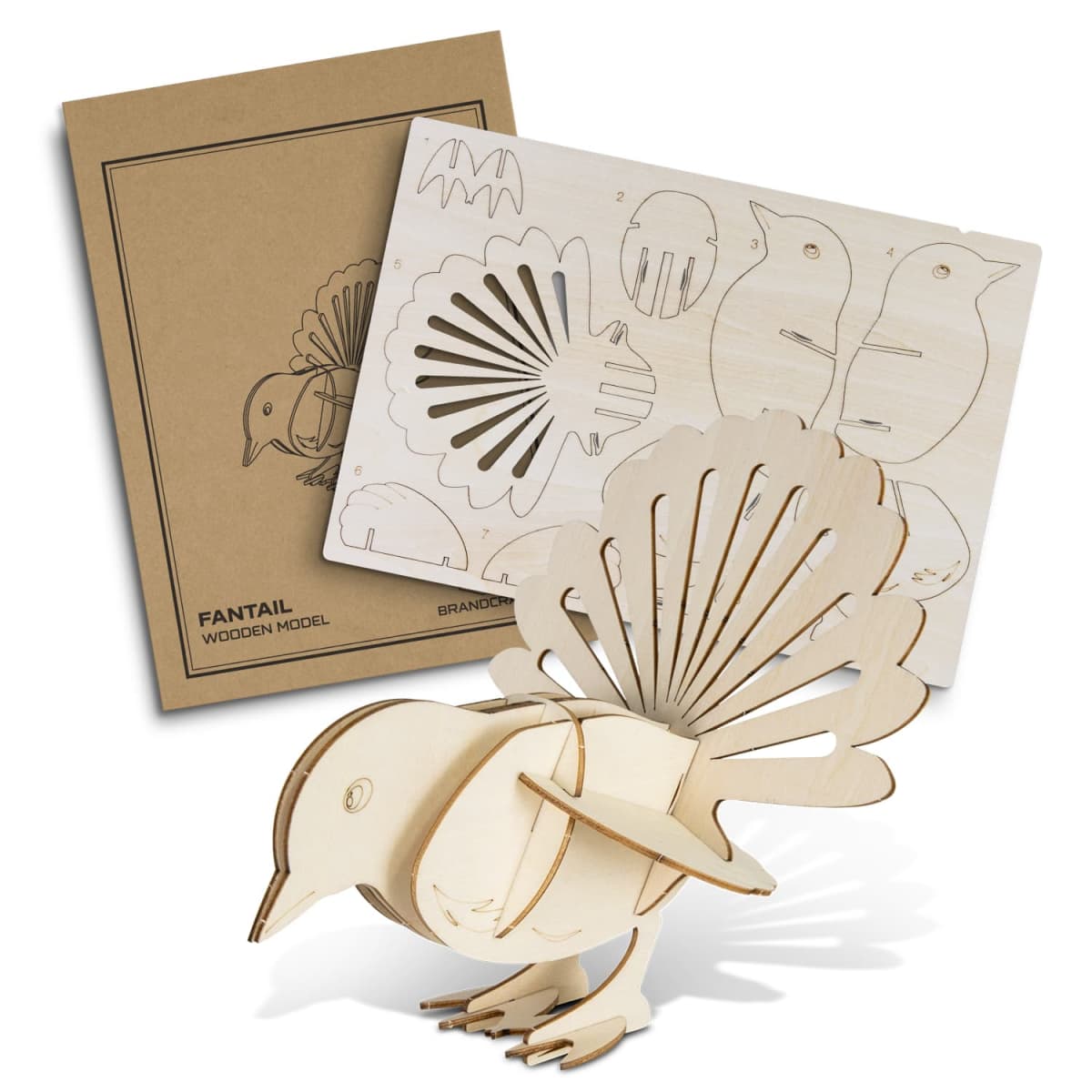 Conference Toys
Conference Toys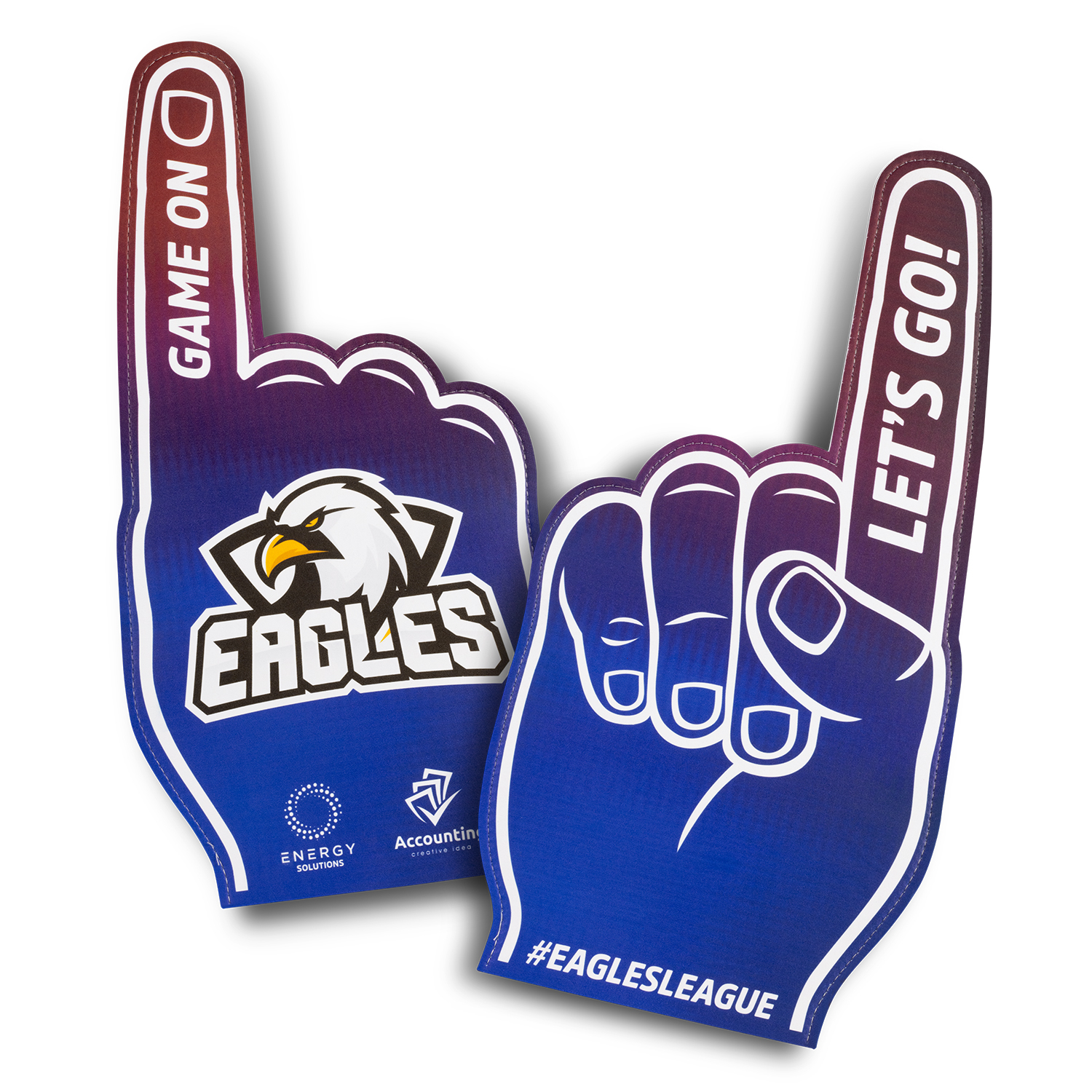 Event Toys
Event Toys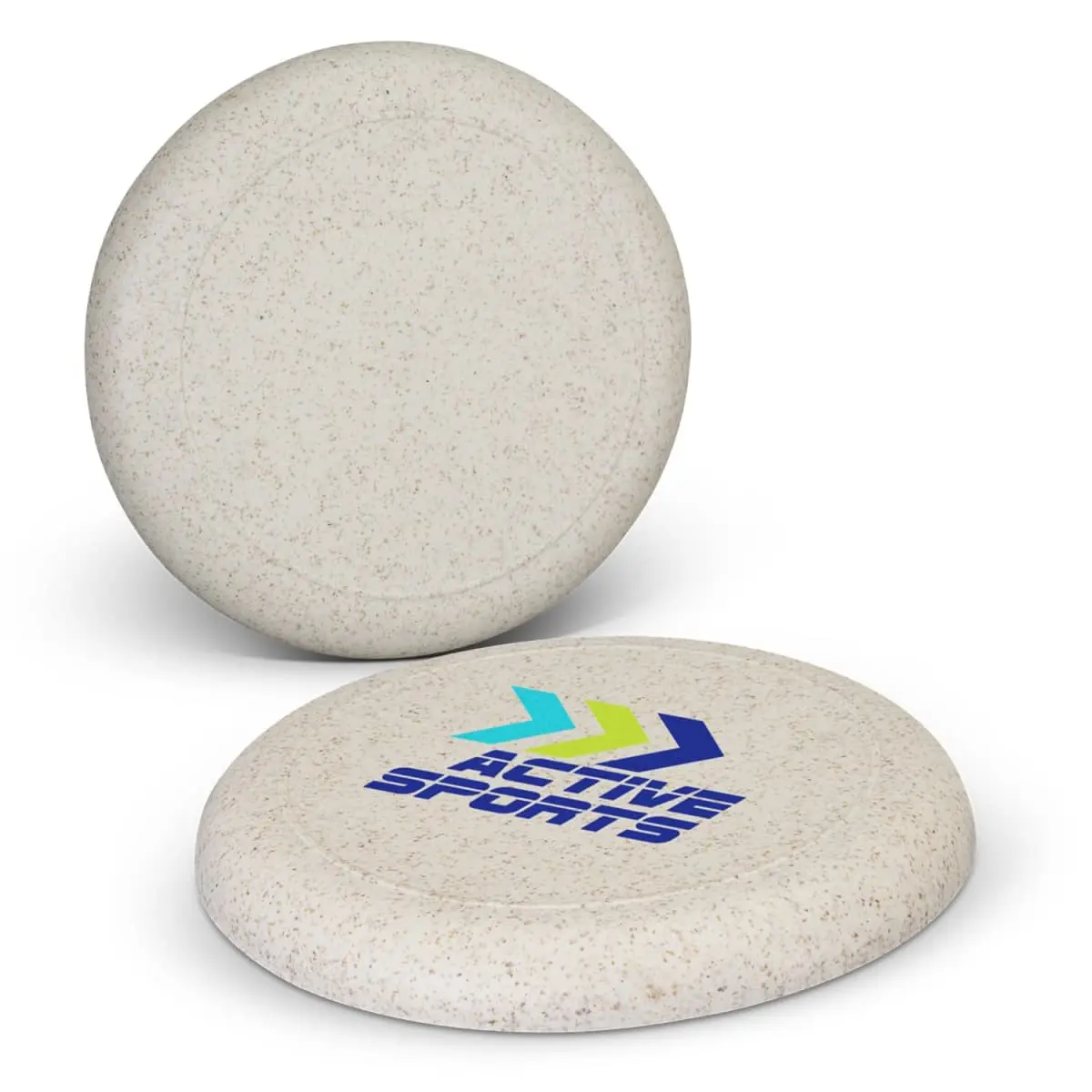 Frisbees
Frisbees Games & Puzzles
Games & Puzzles Kids
Kids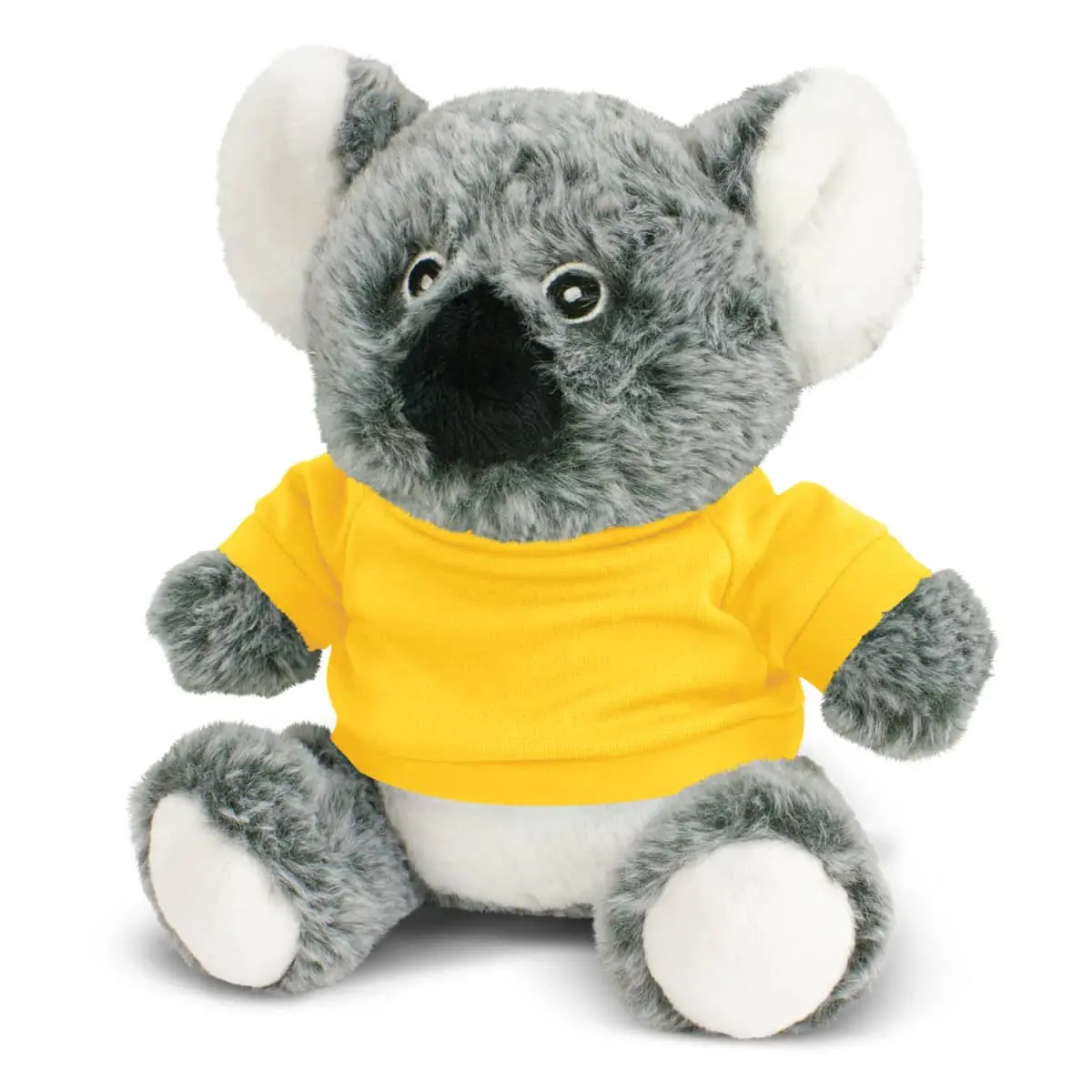 Plush Toys
Plush Toys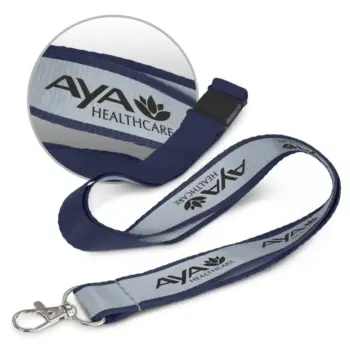
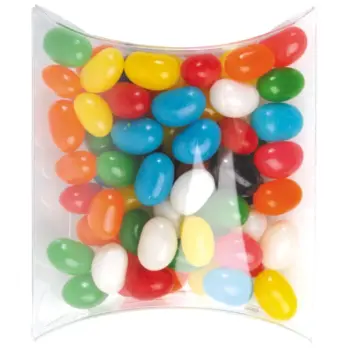
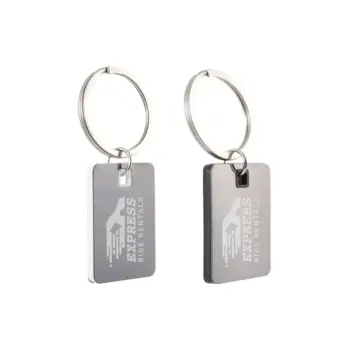


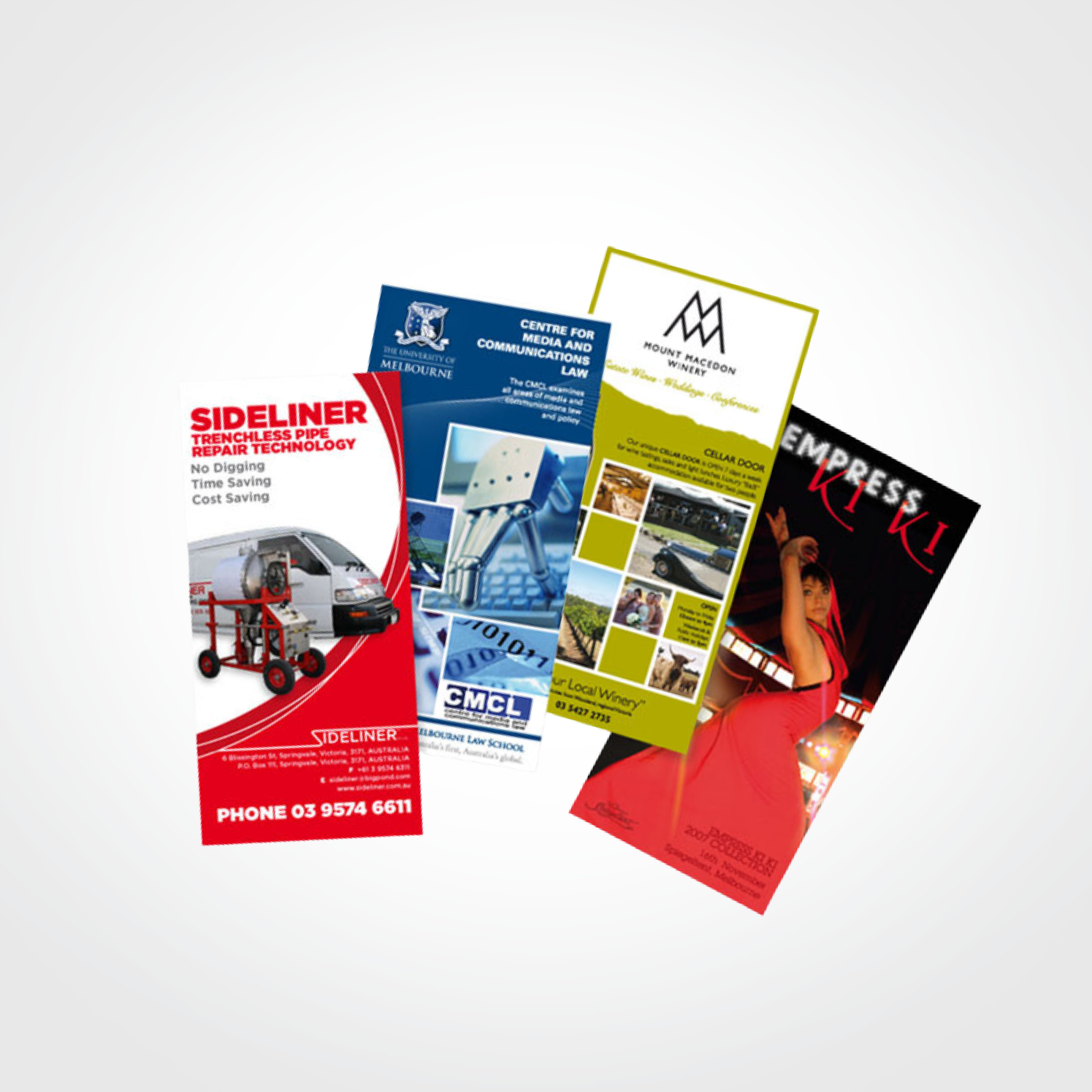 Print | Signage
Print | Signage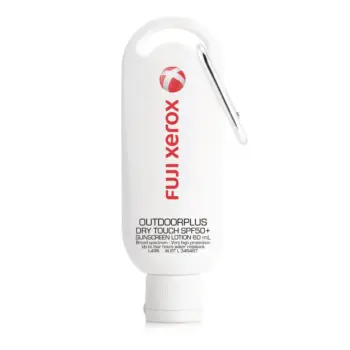
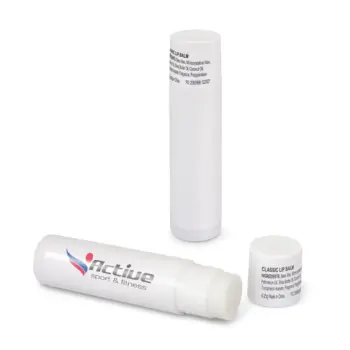
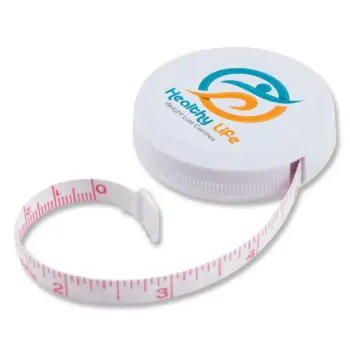
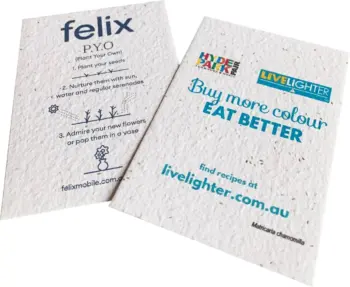
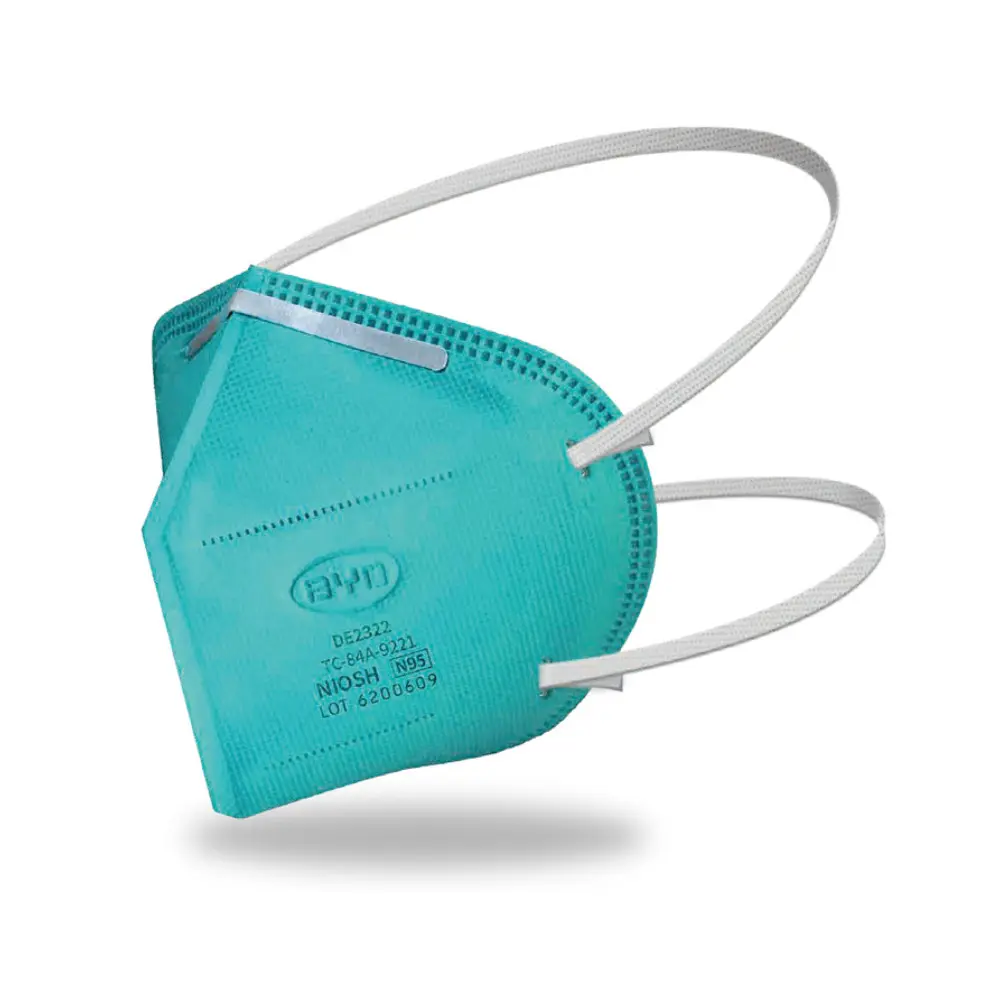 Antibacterial
Antibacterial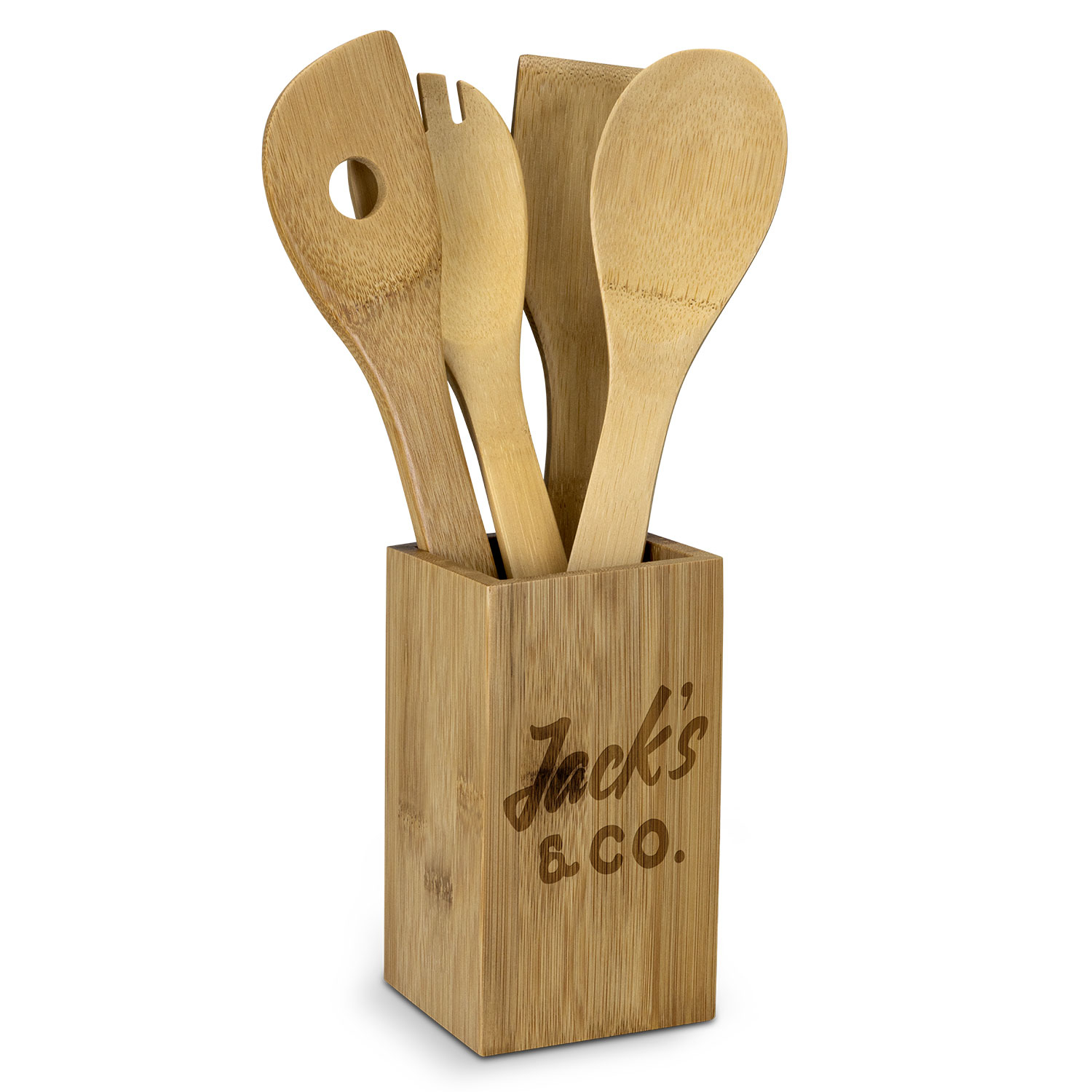 Eco Products
Eco Products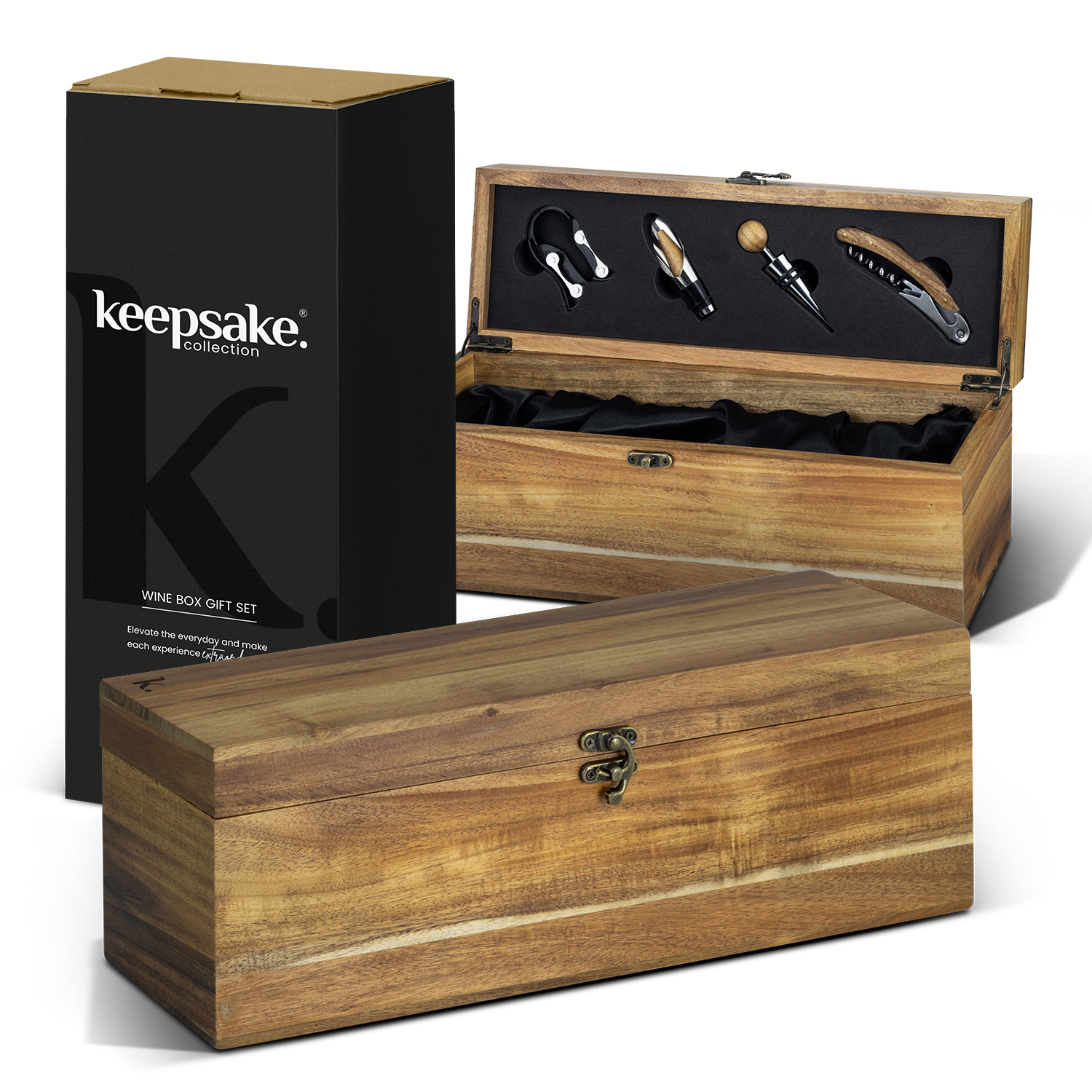 Gift Box Sets
Gift Box Sets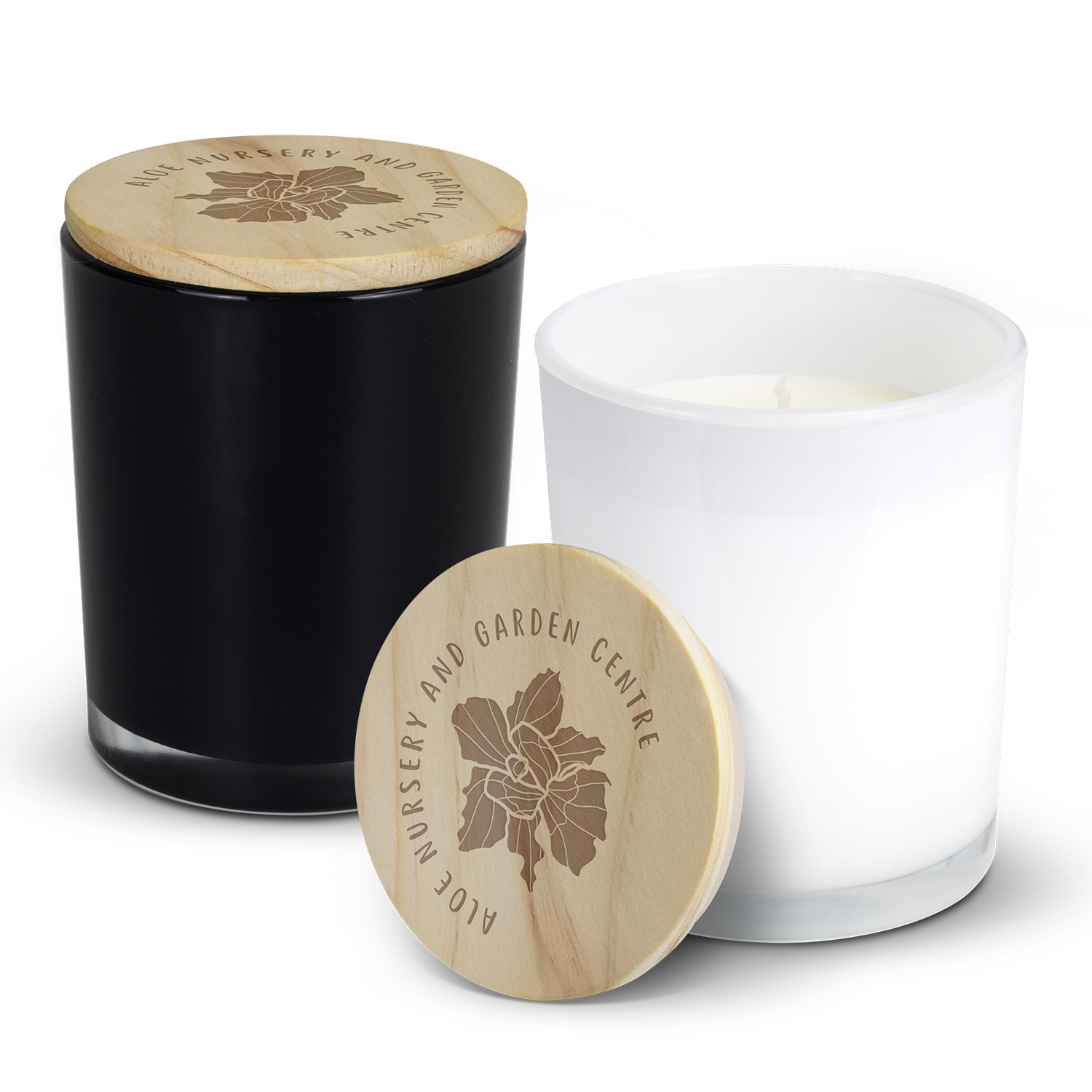 Homeware
Homeware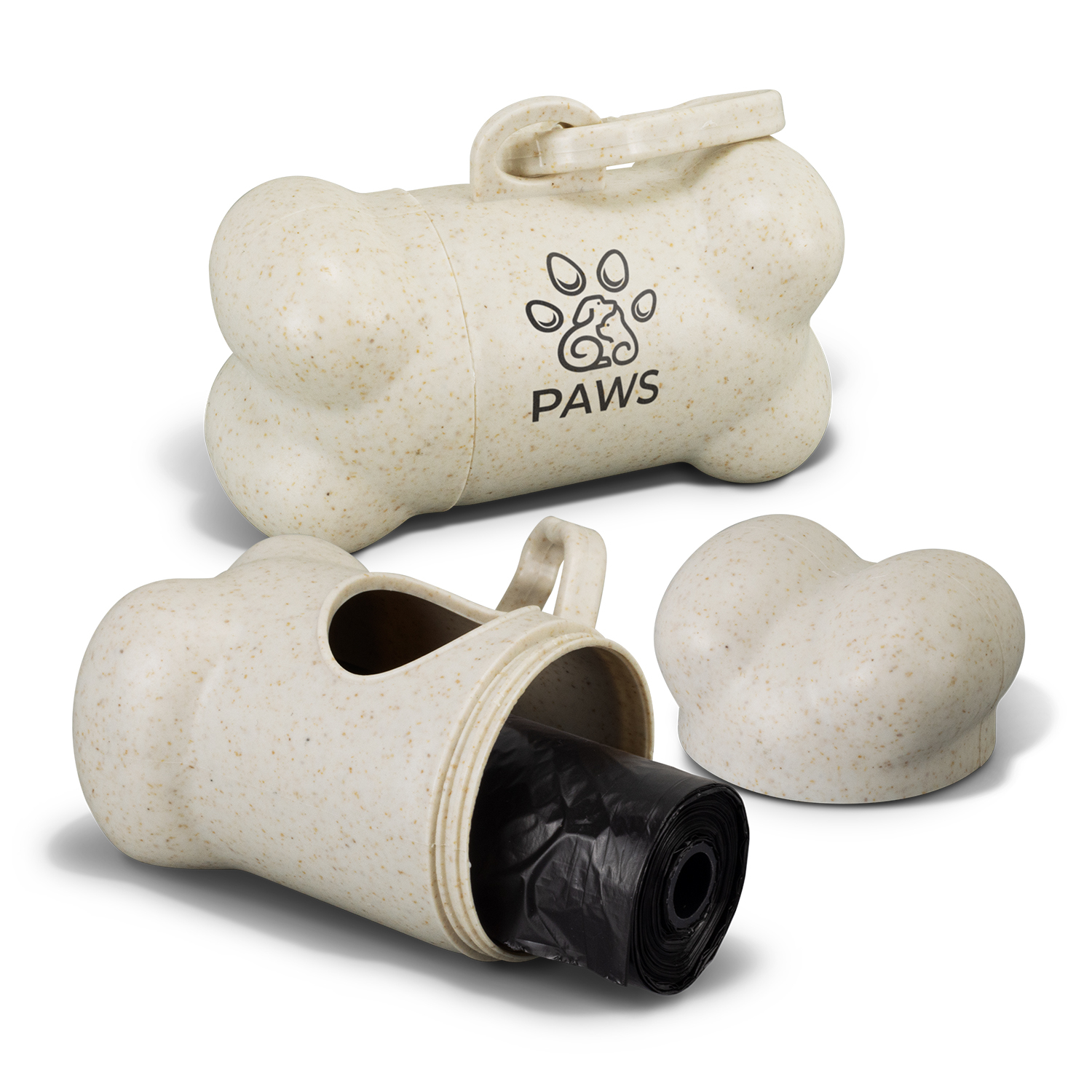 Pet Products
Pet Products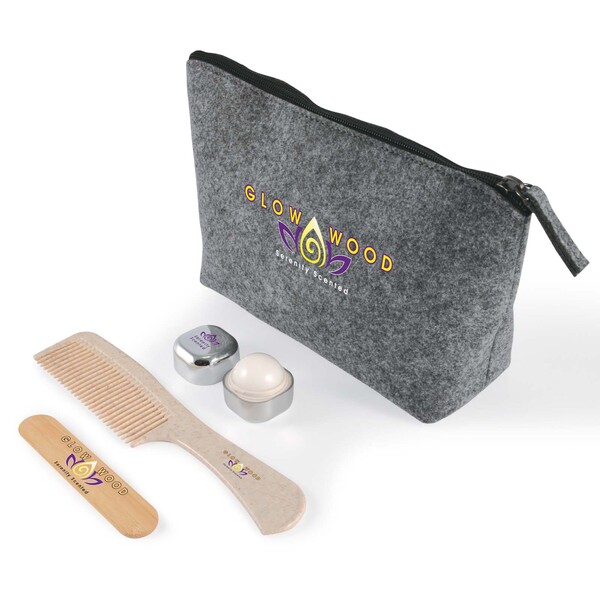 Personal Care
Personal Care Occasion Ideas
Occasion Ideas